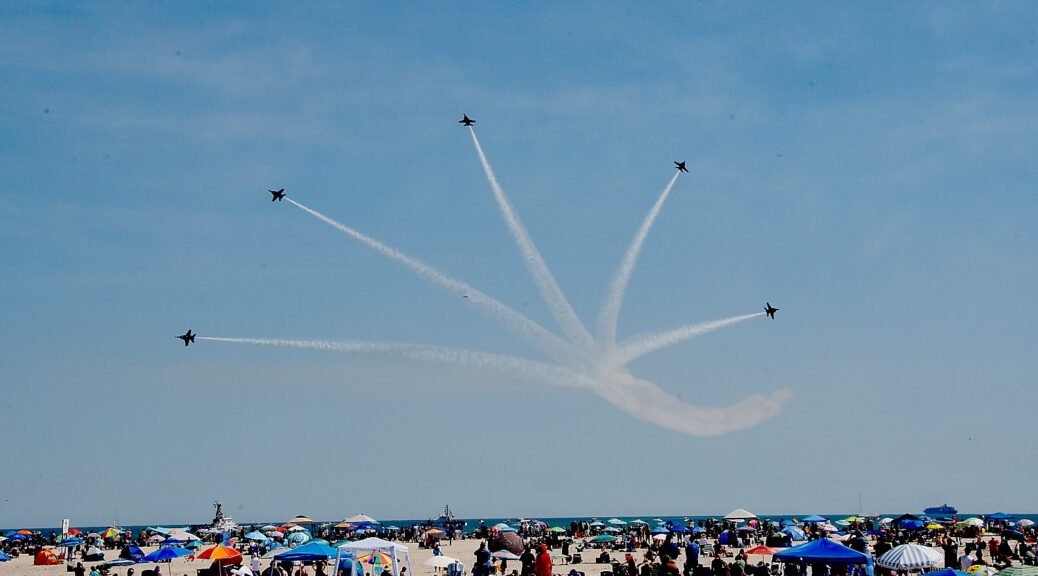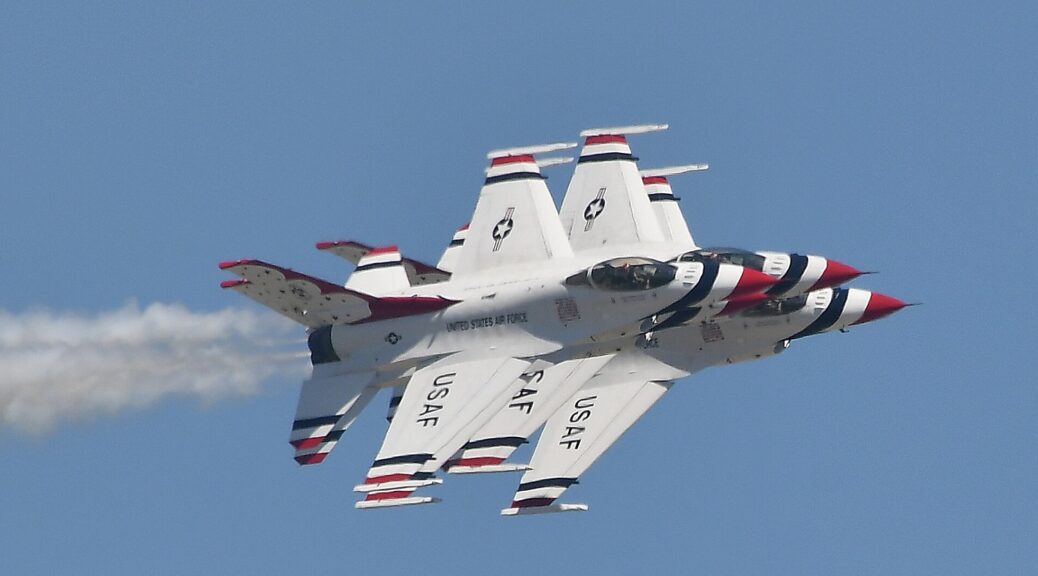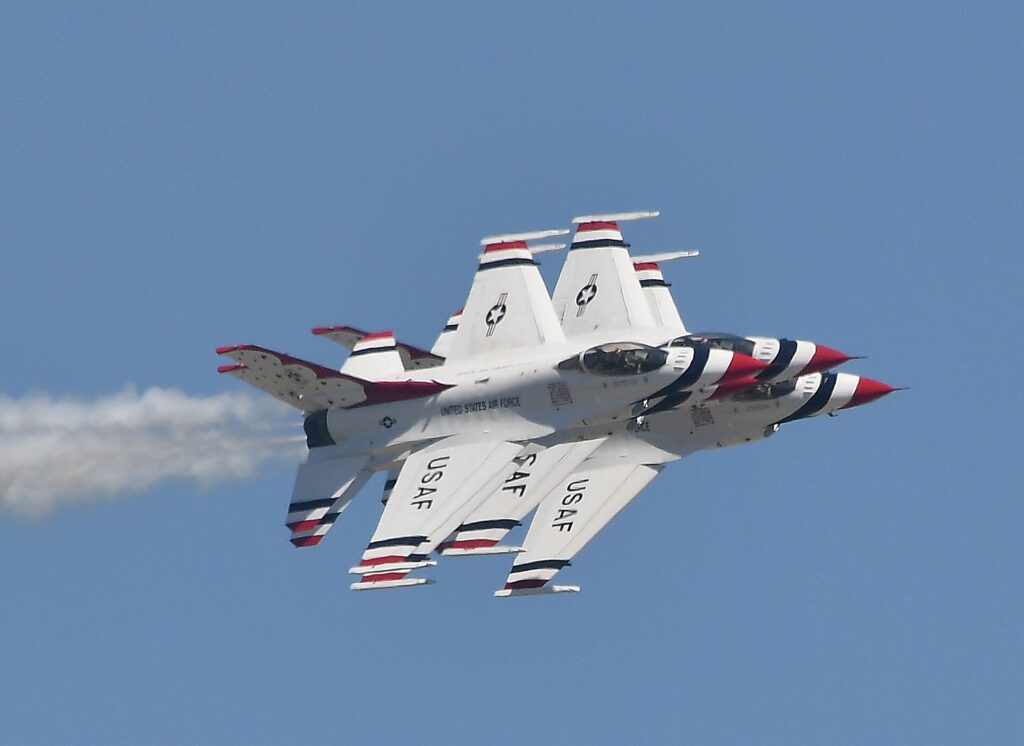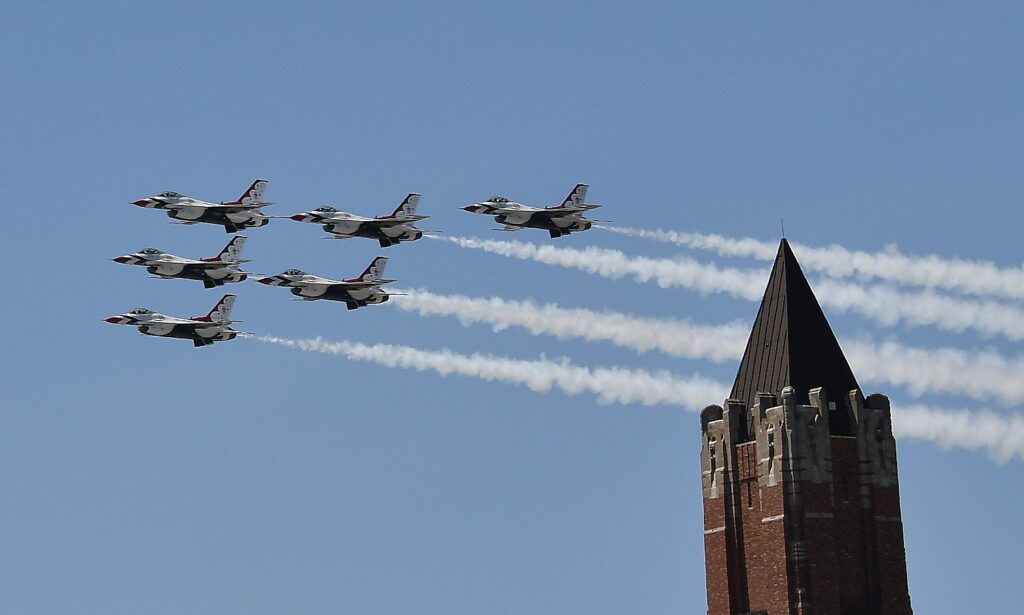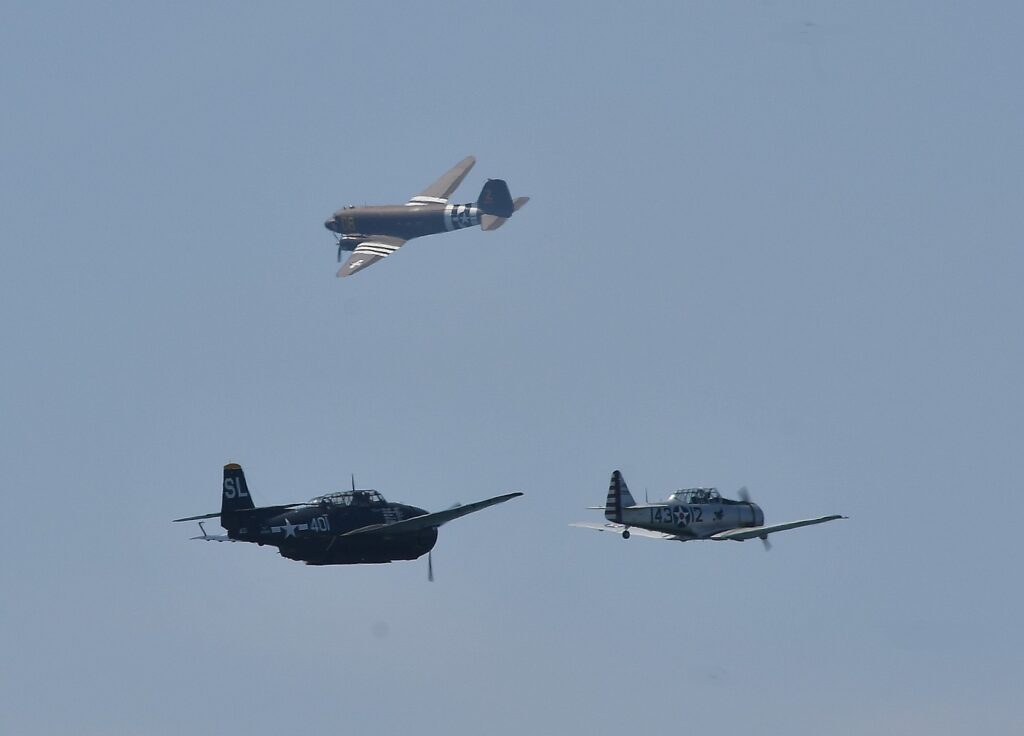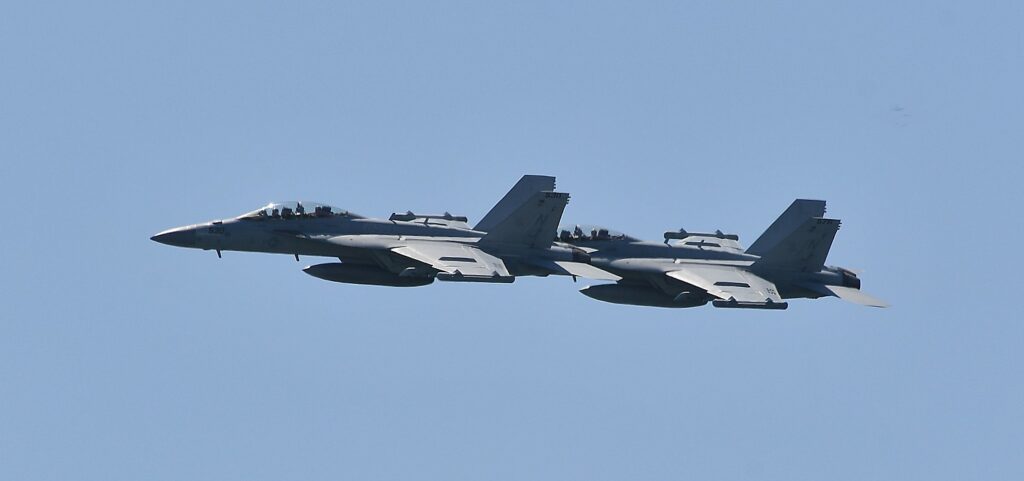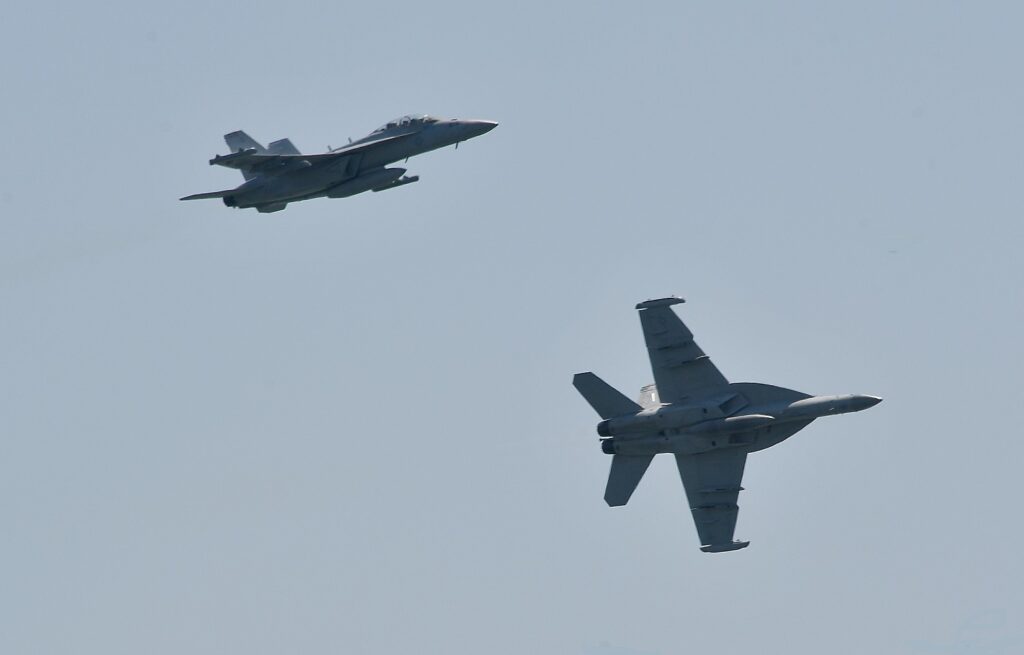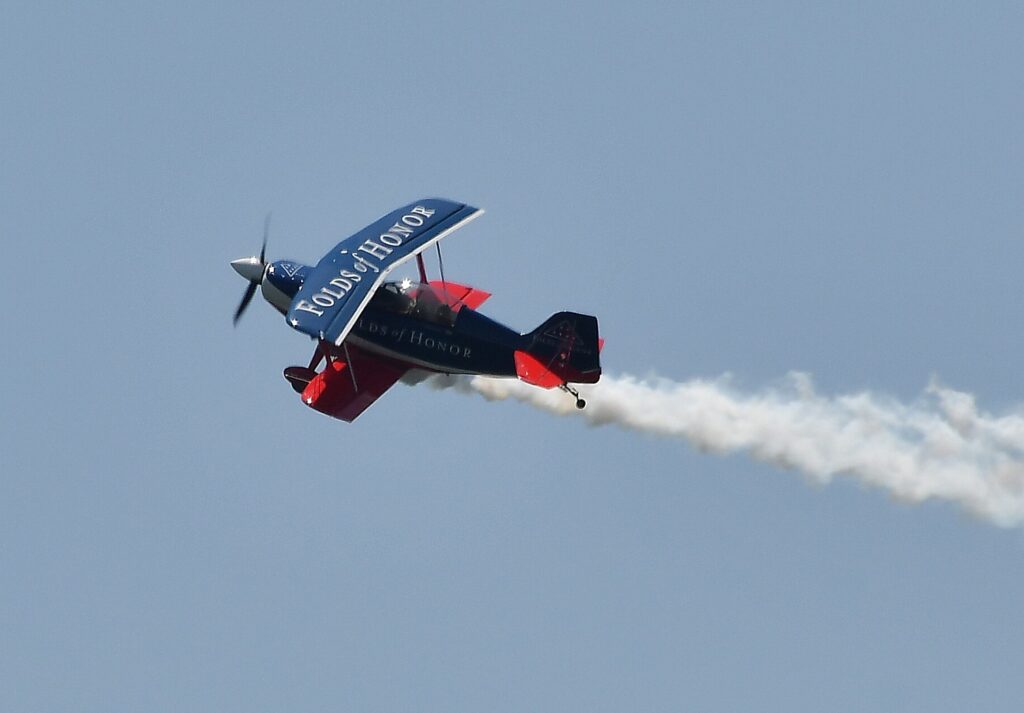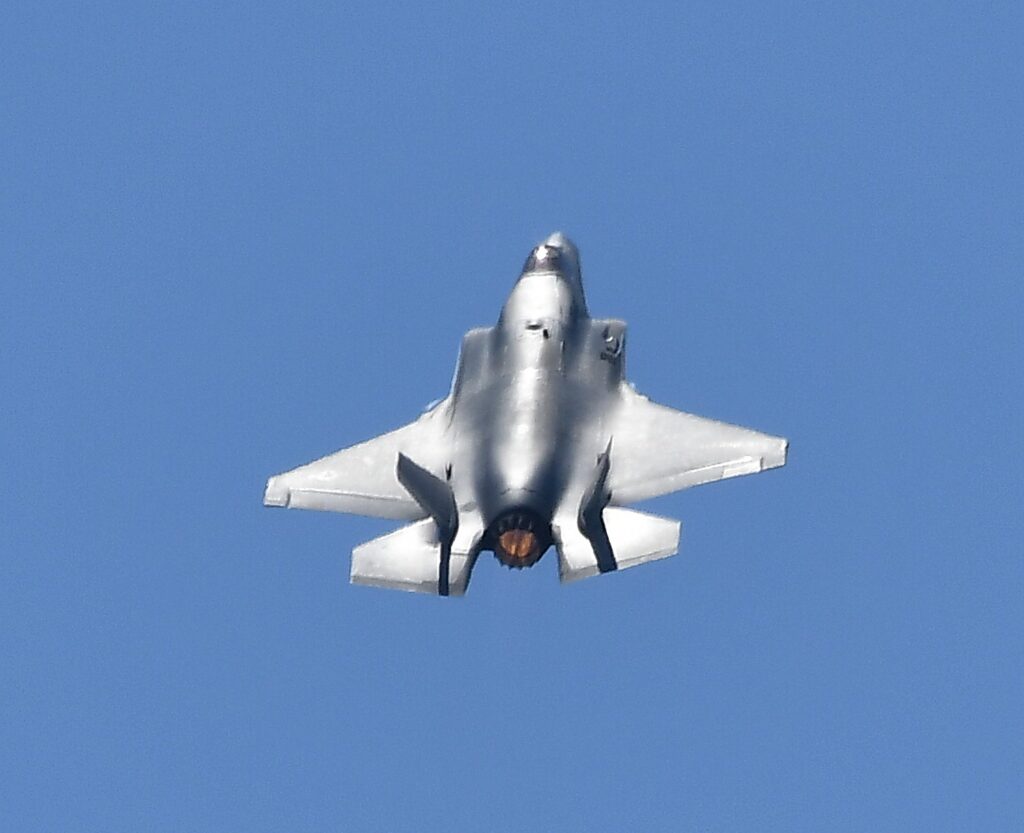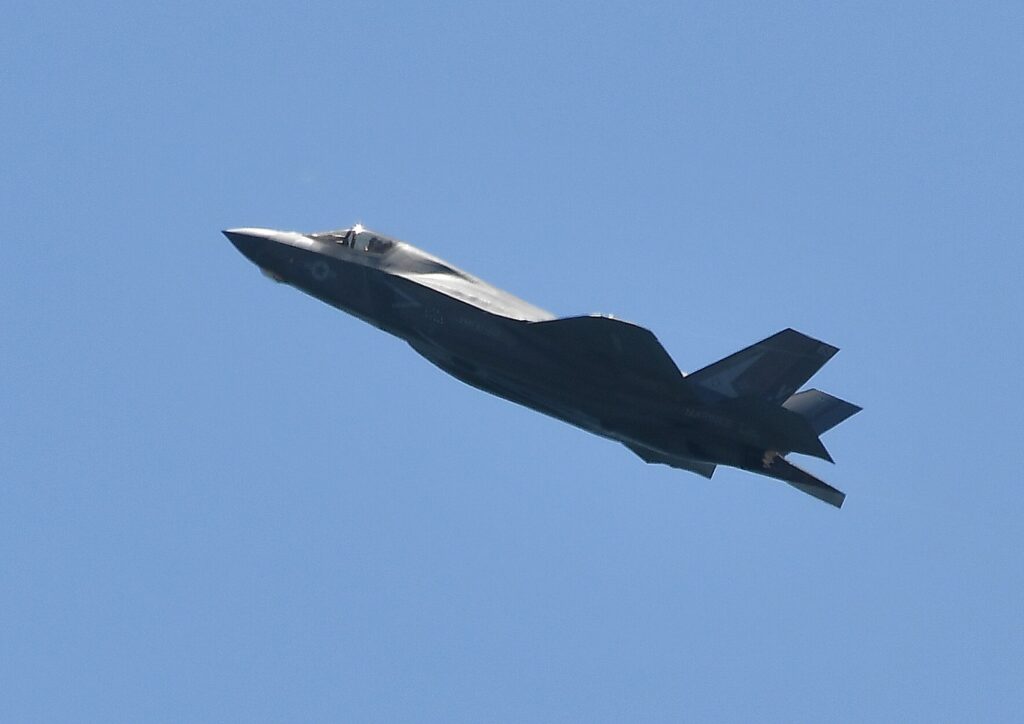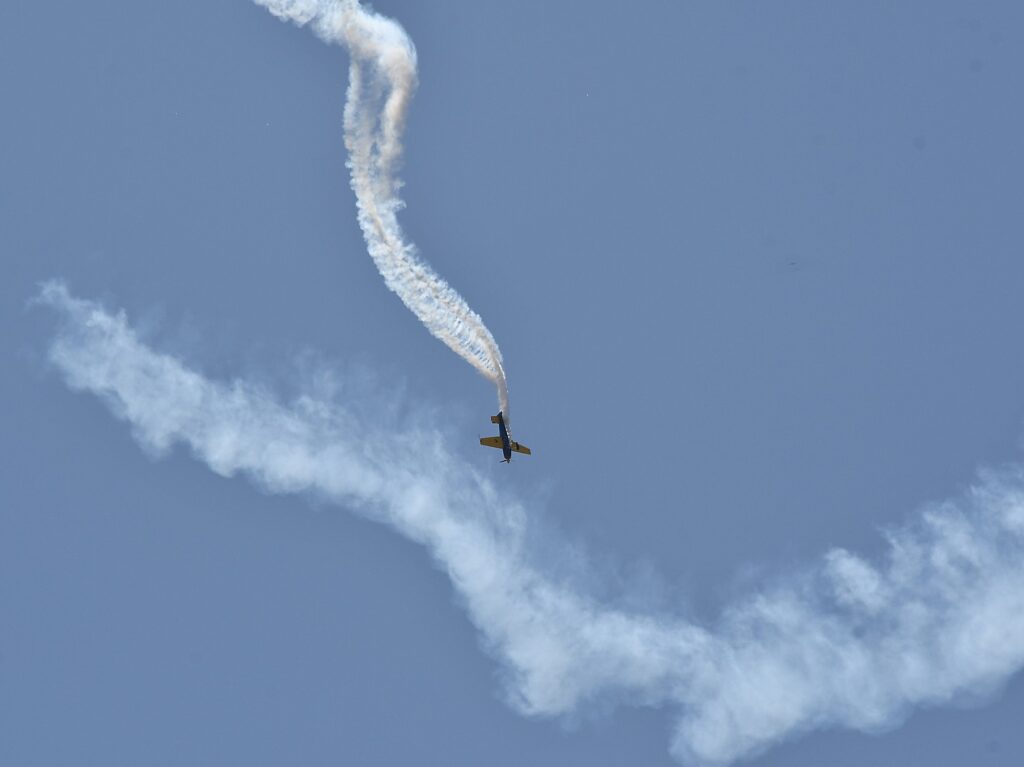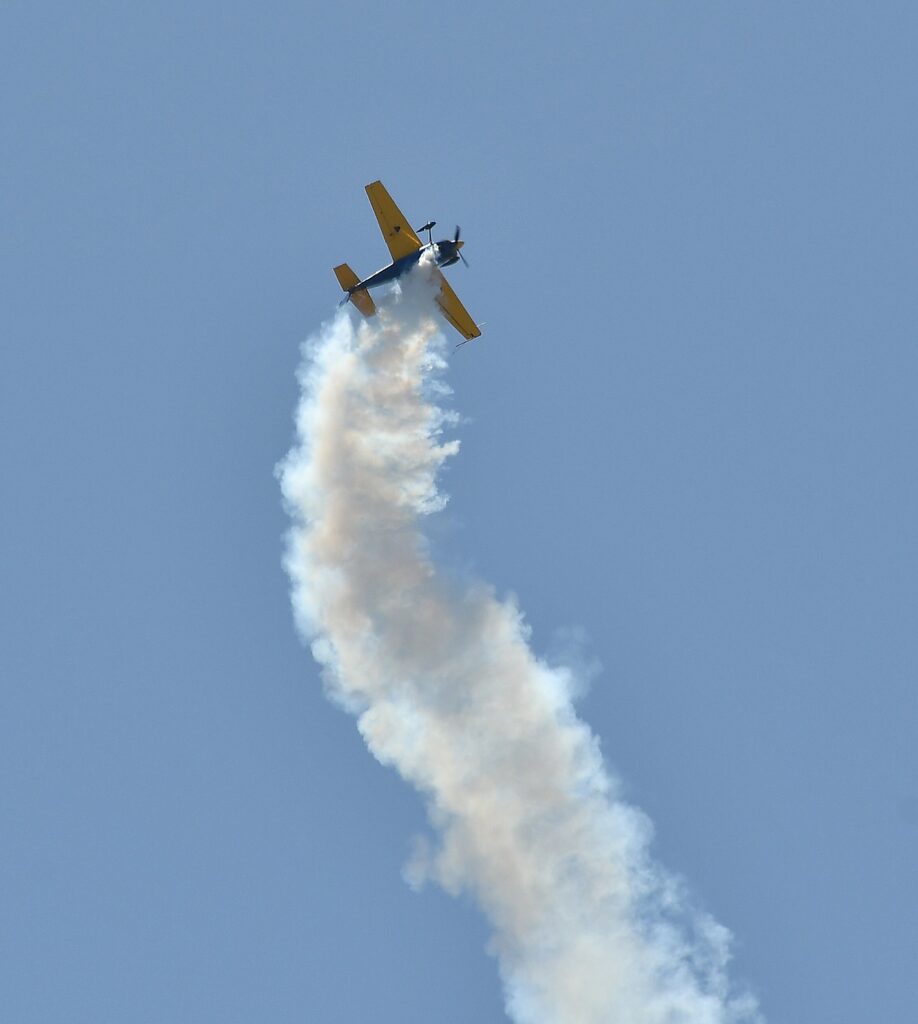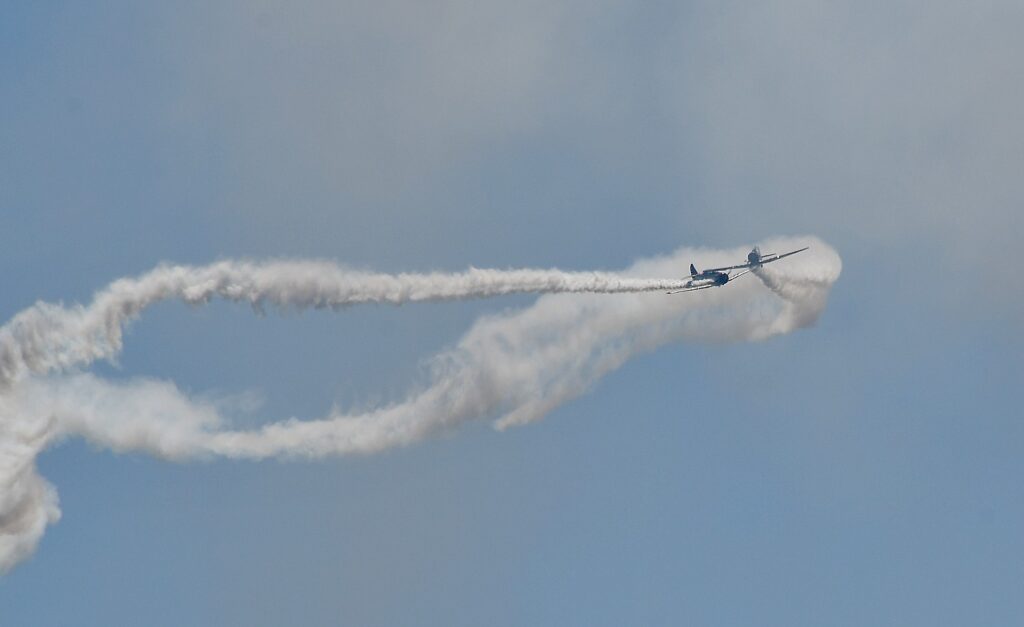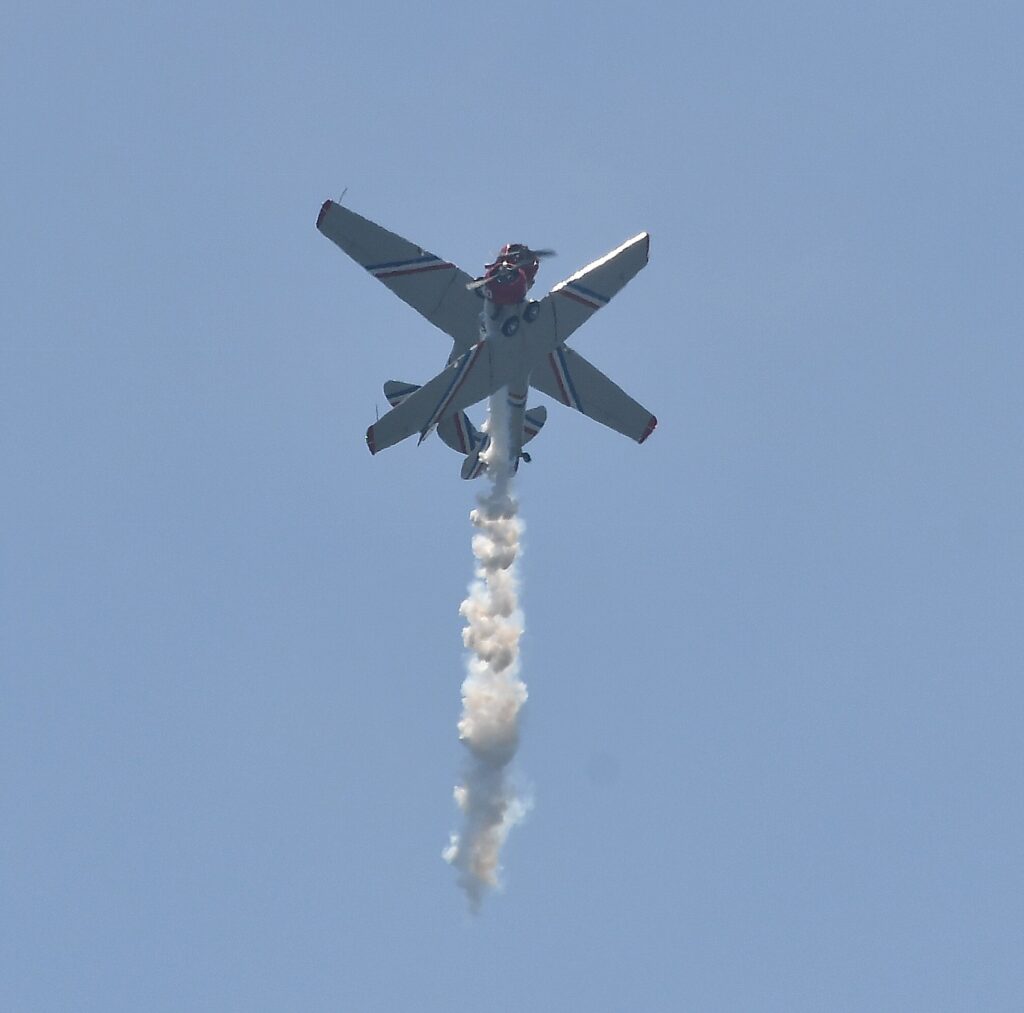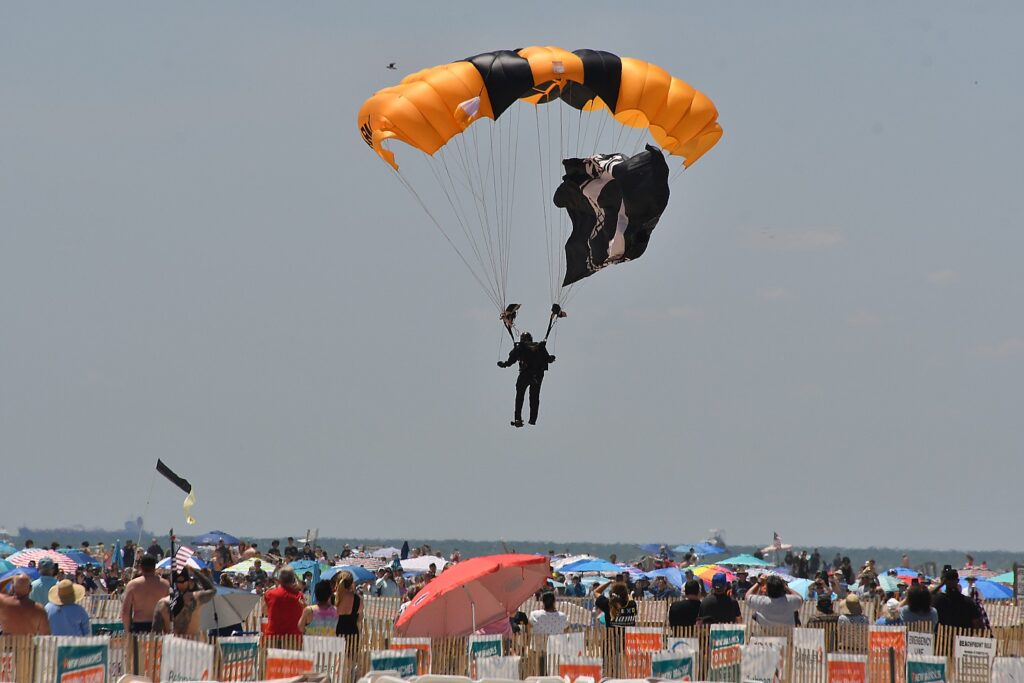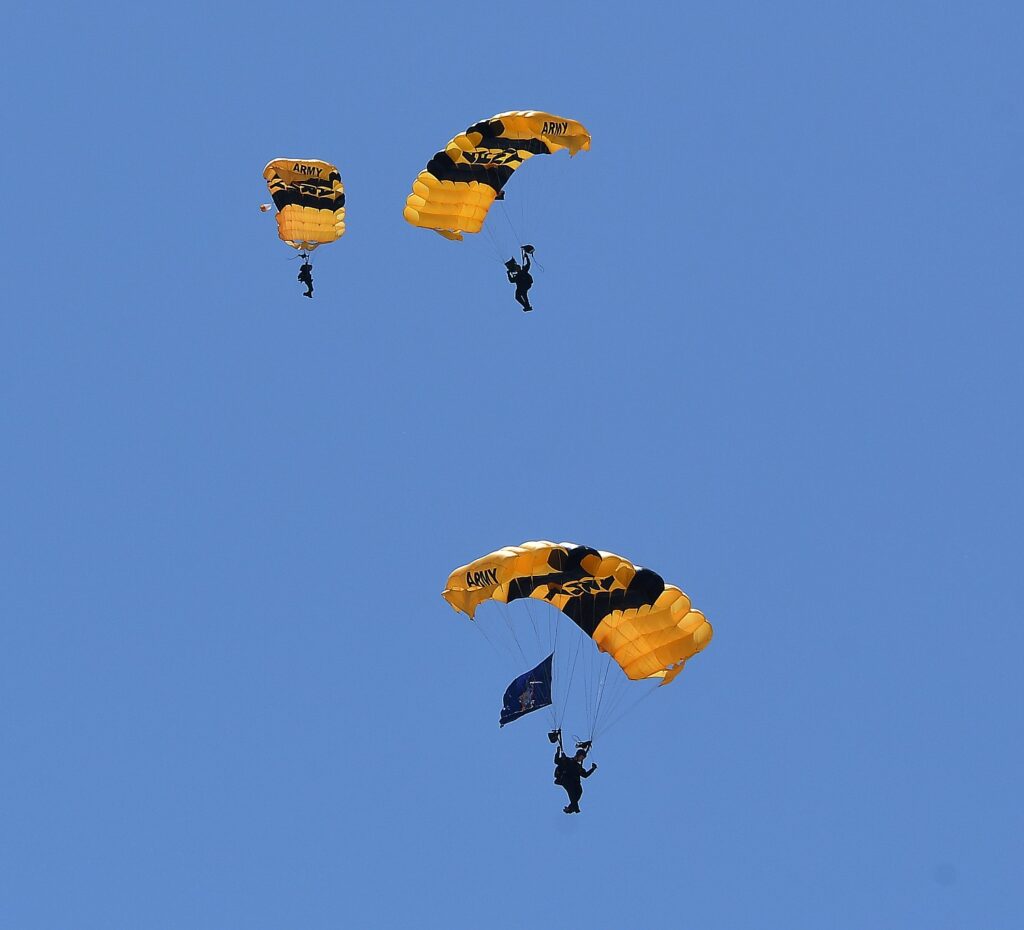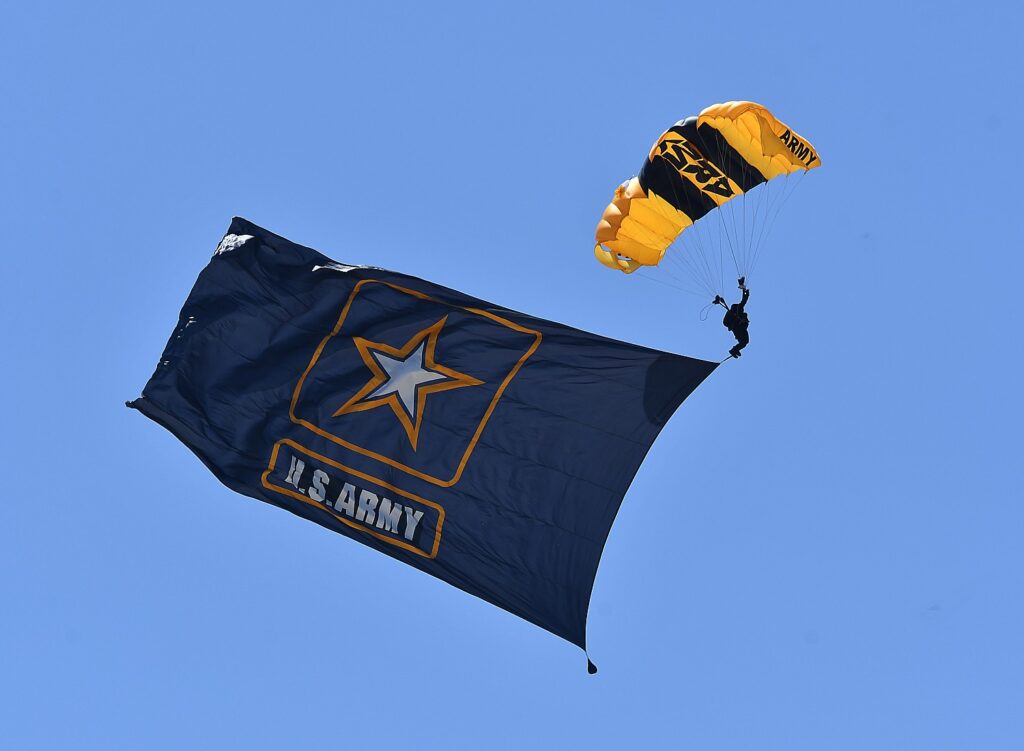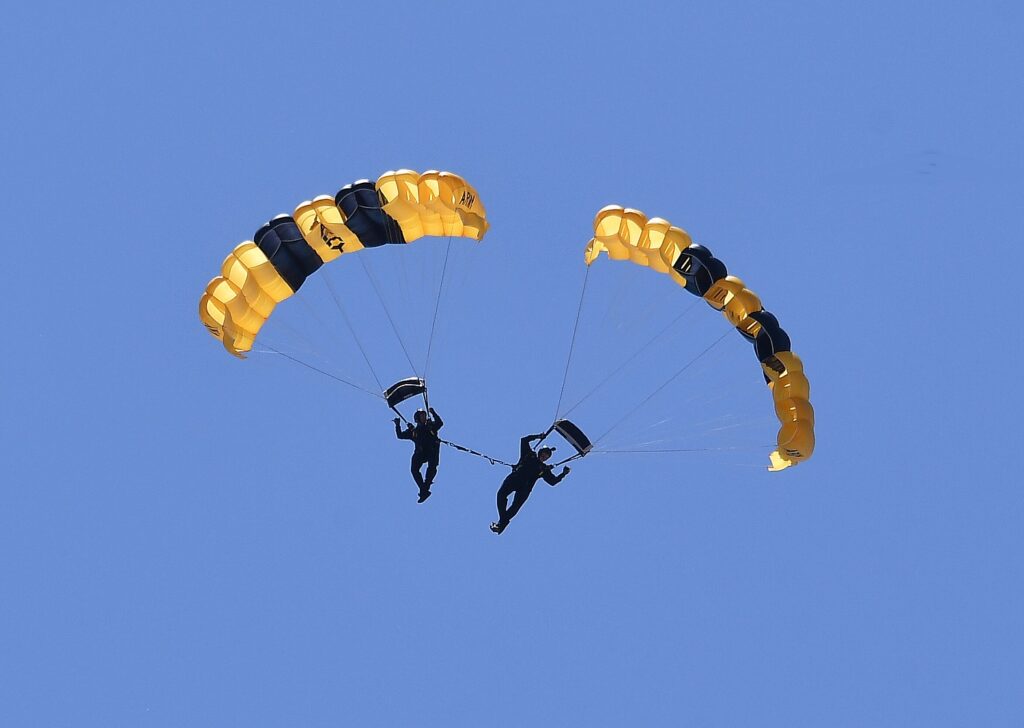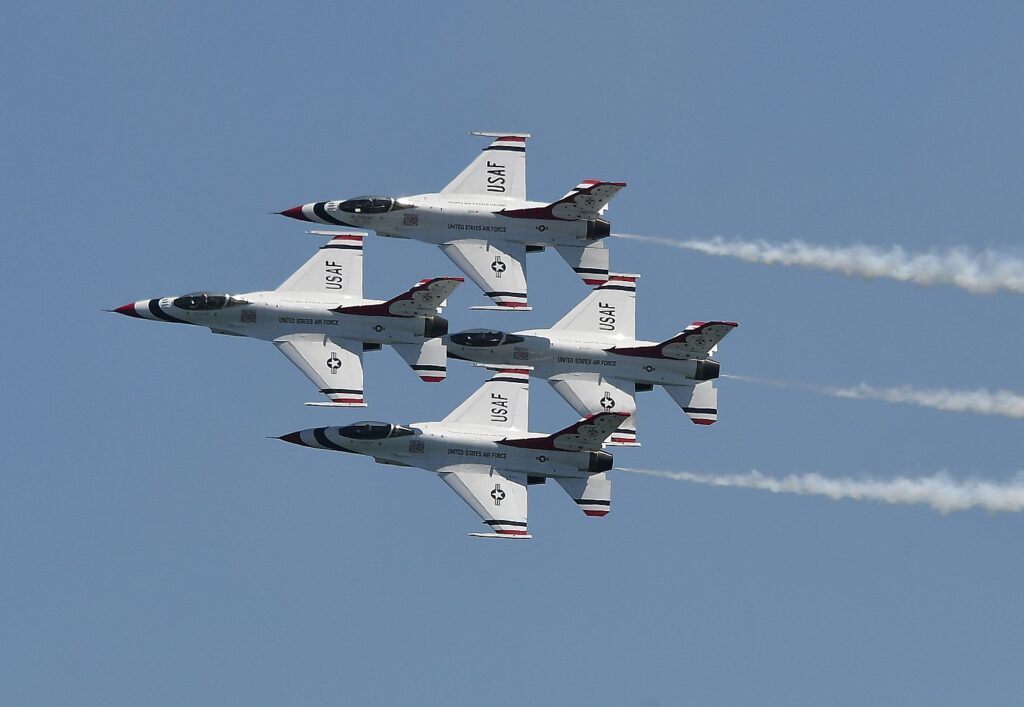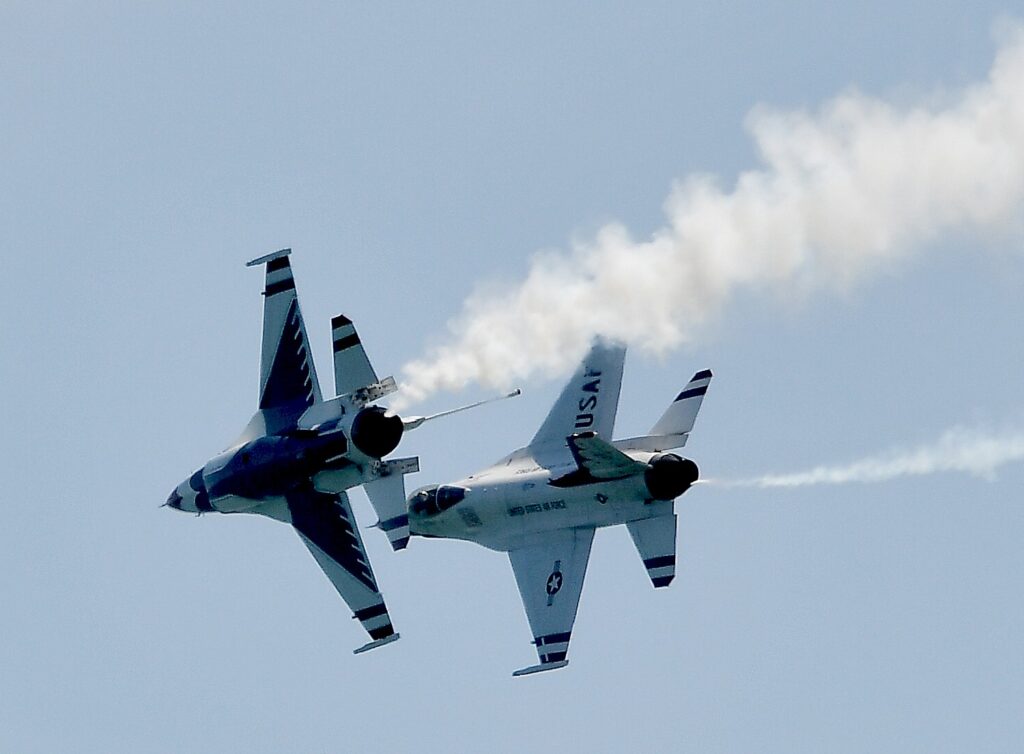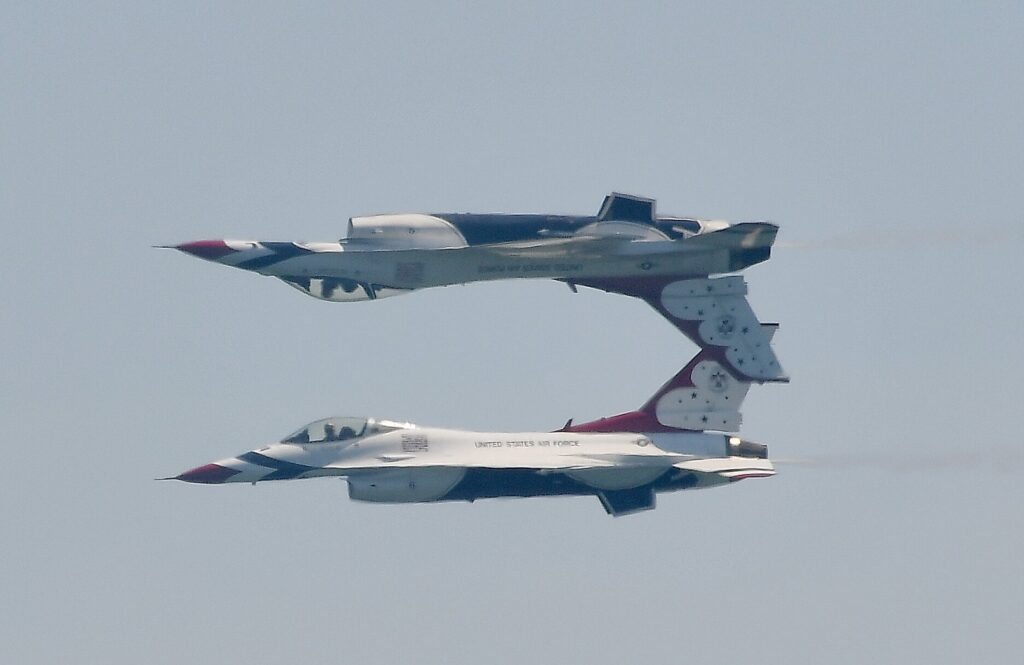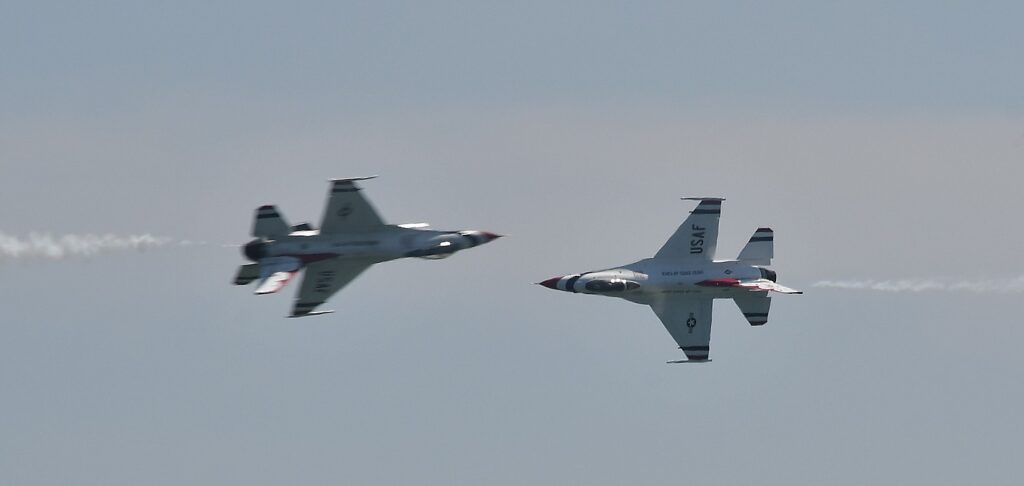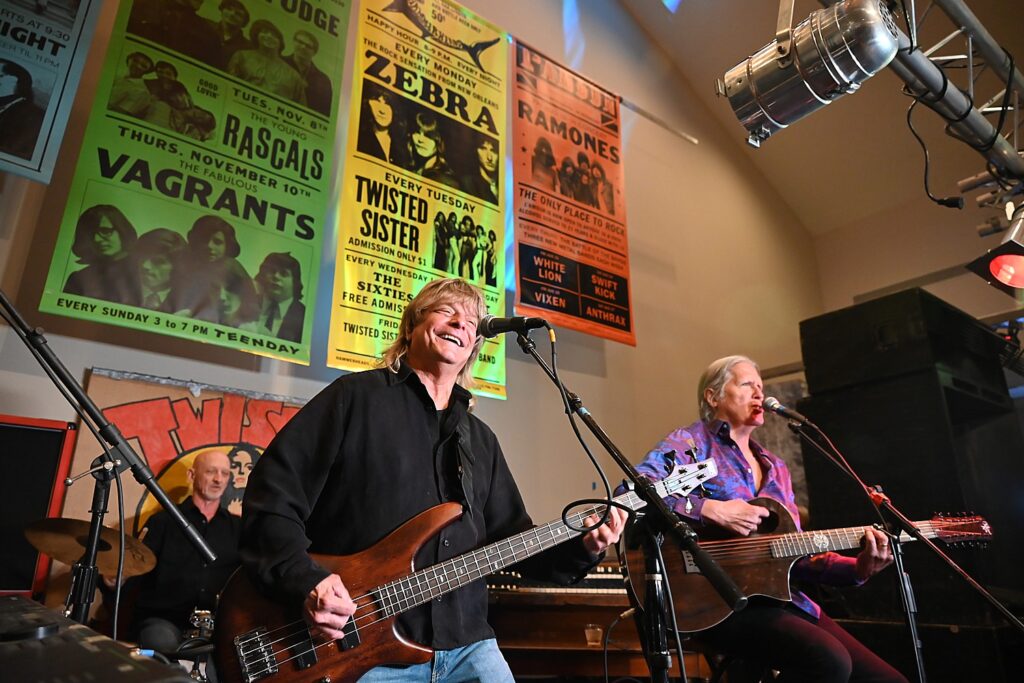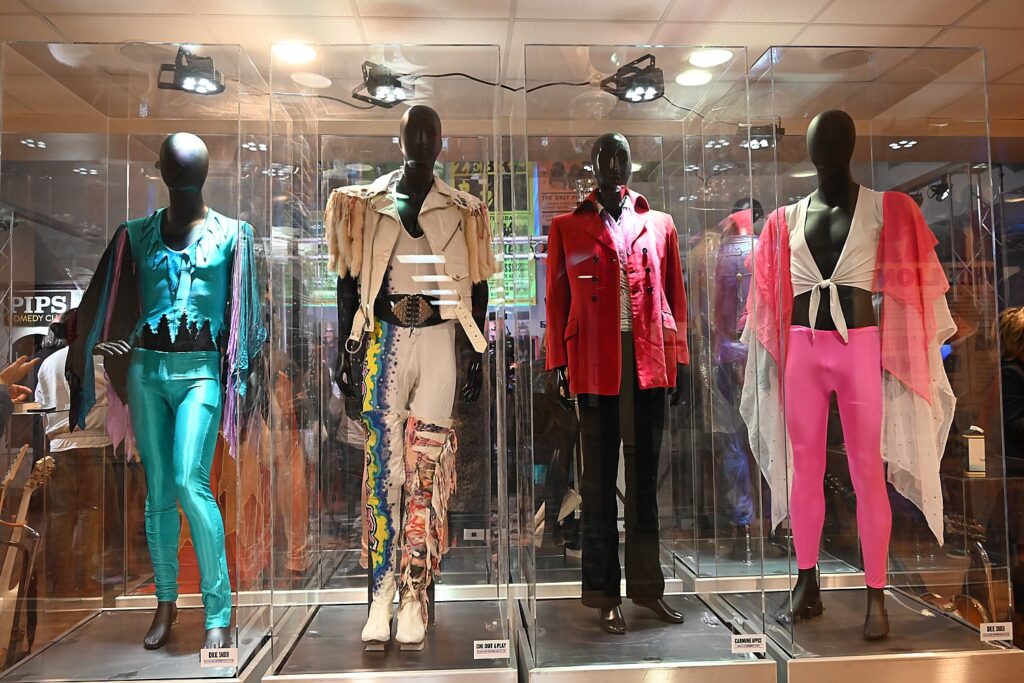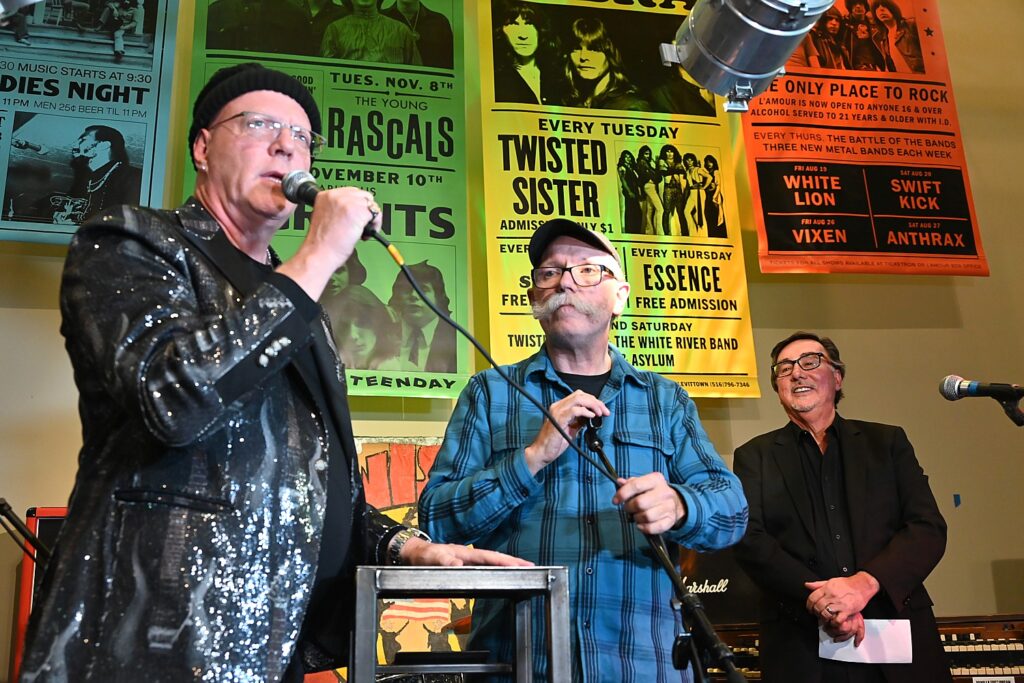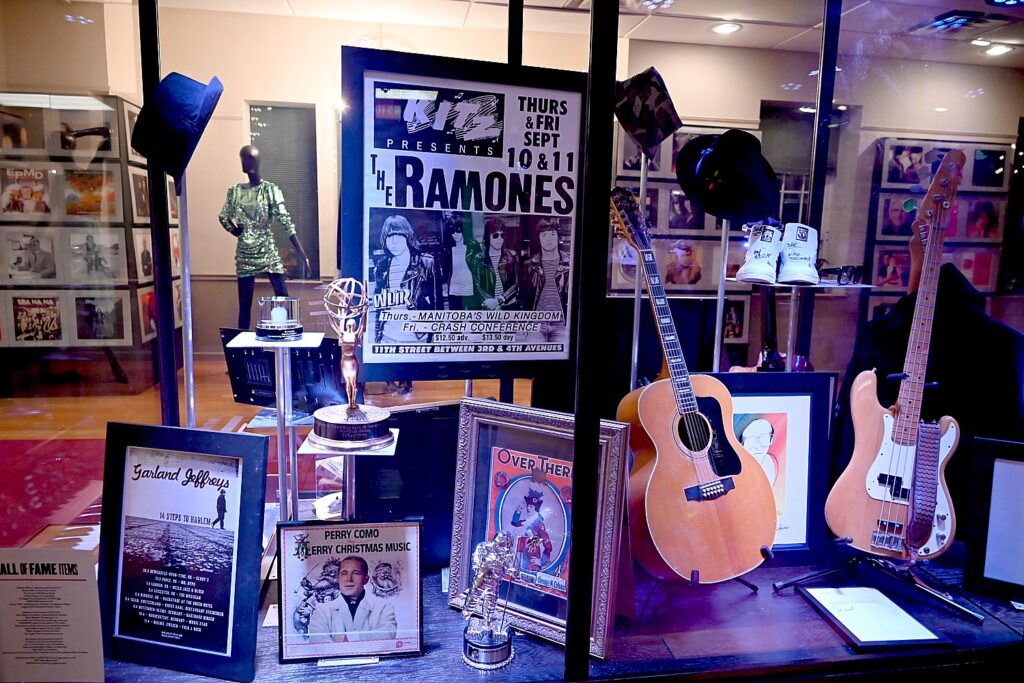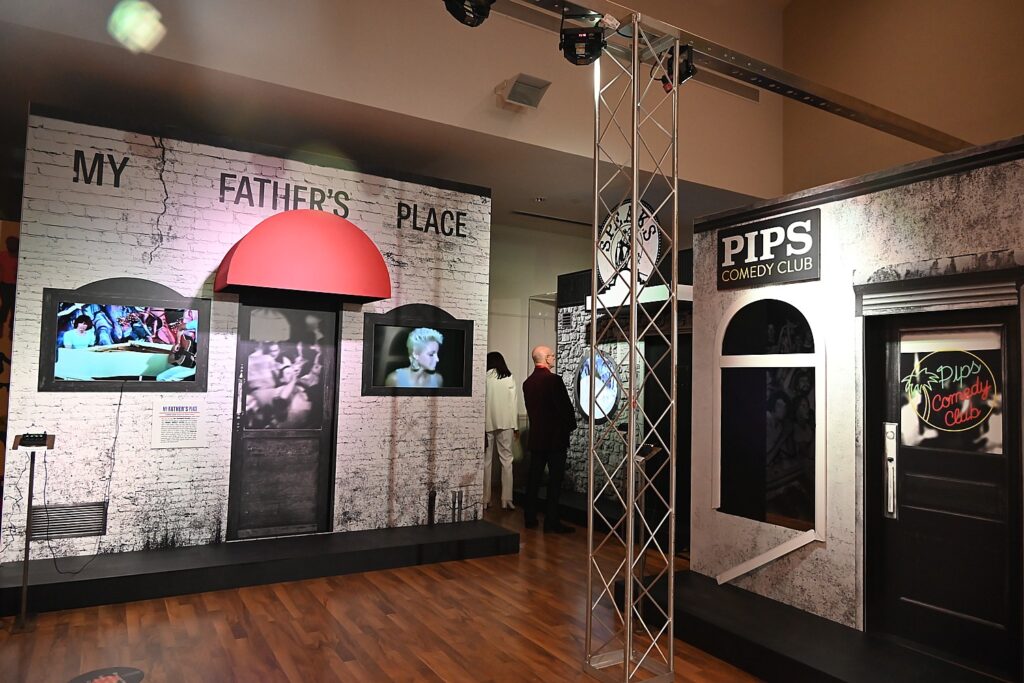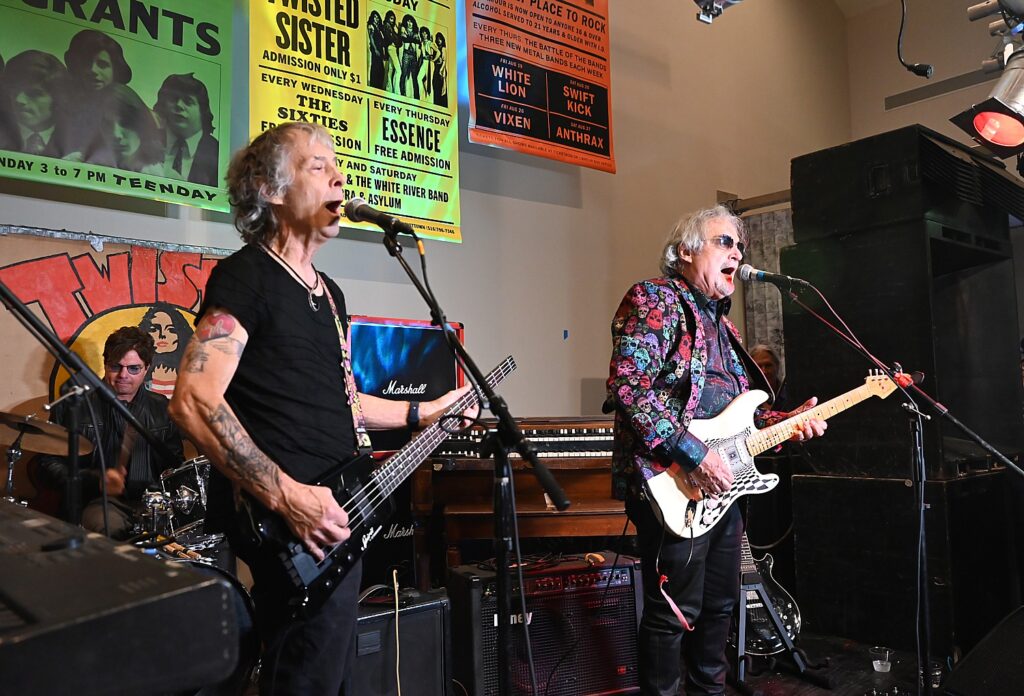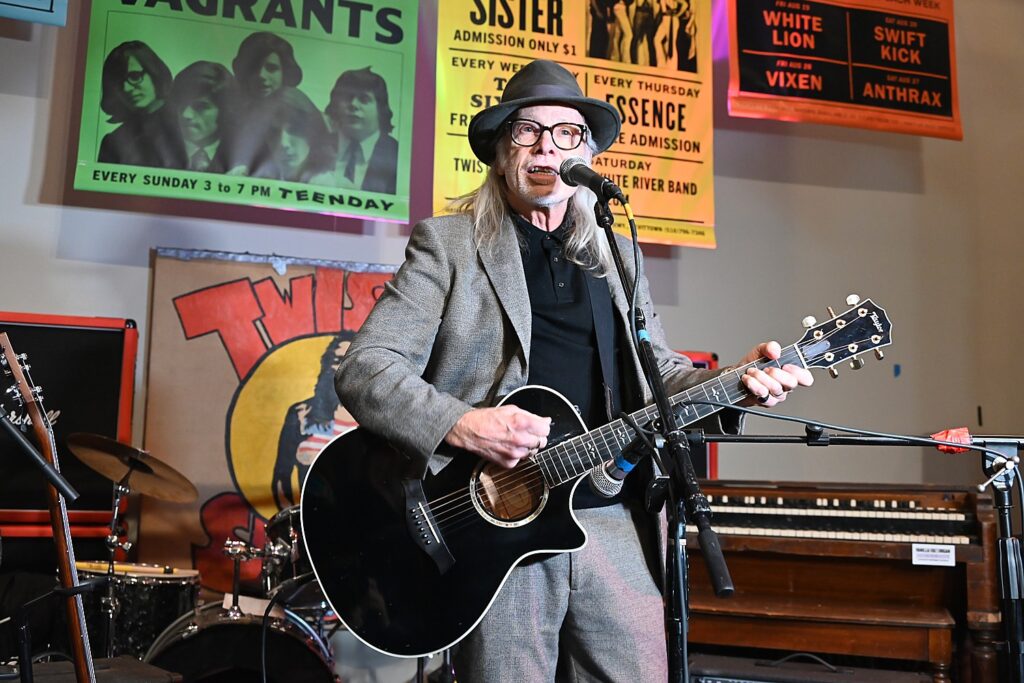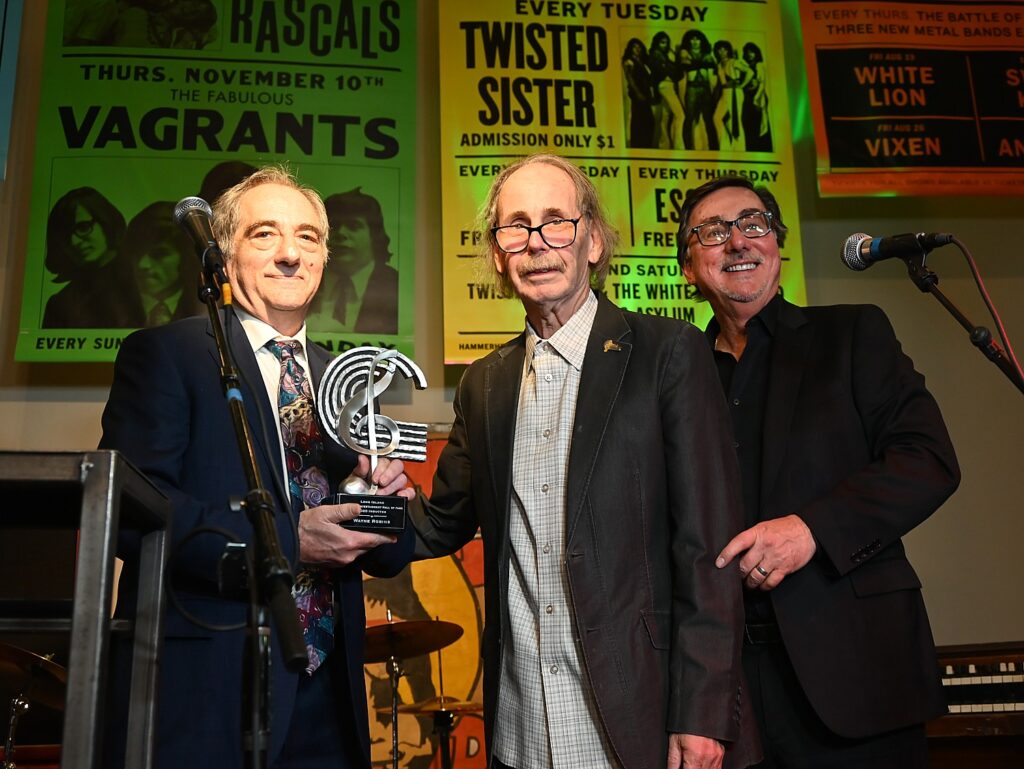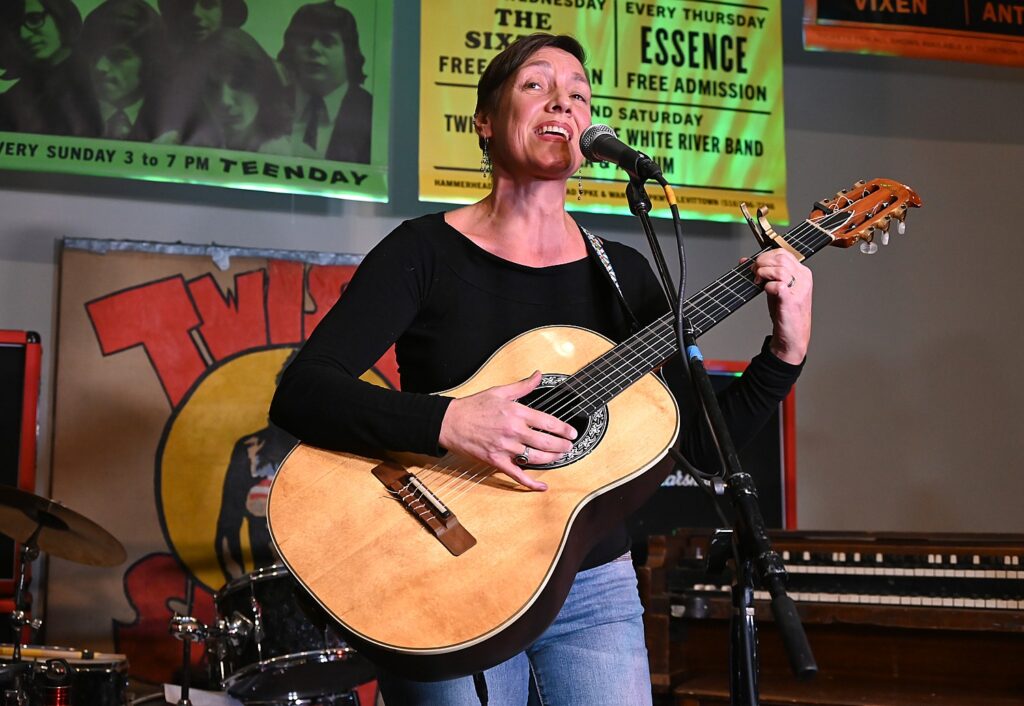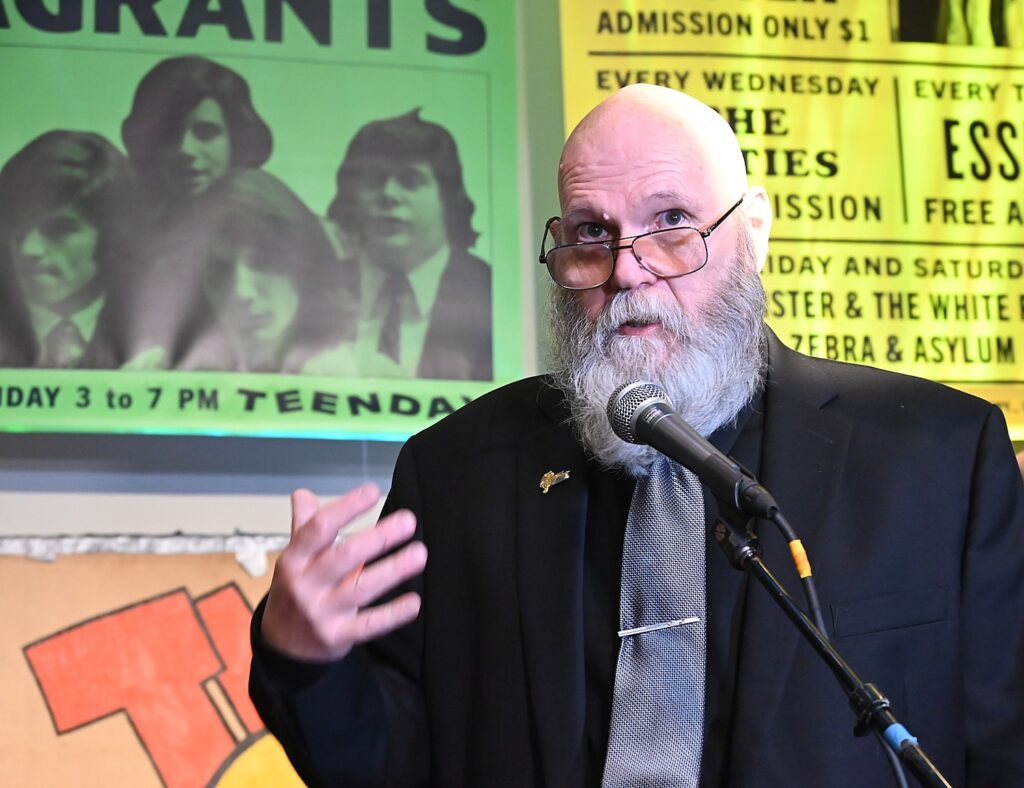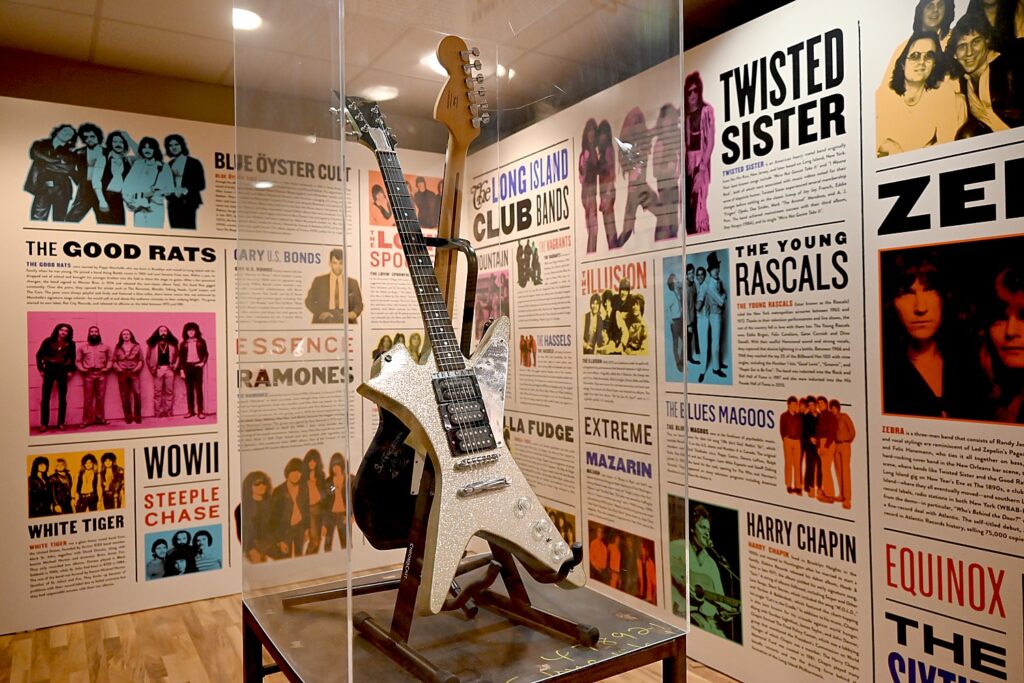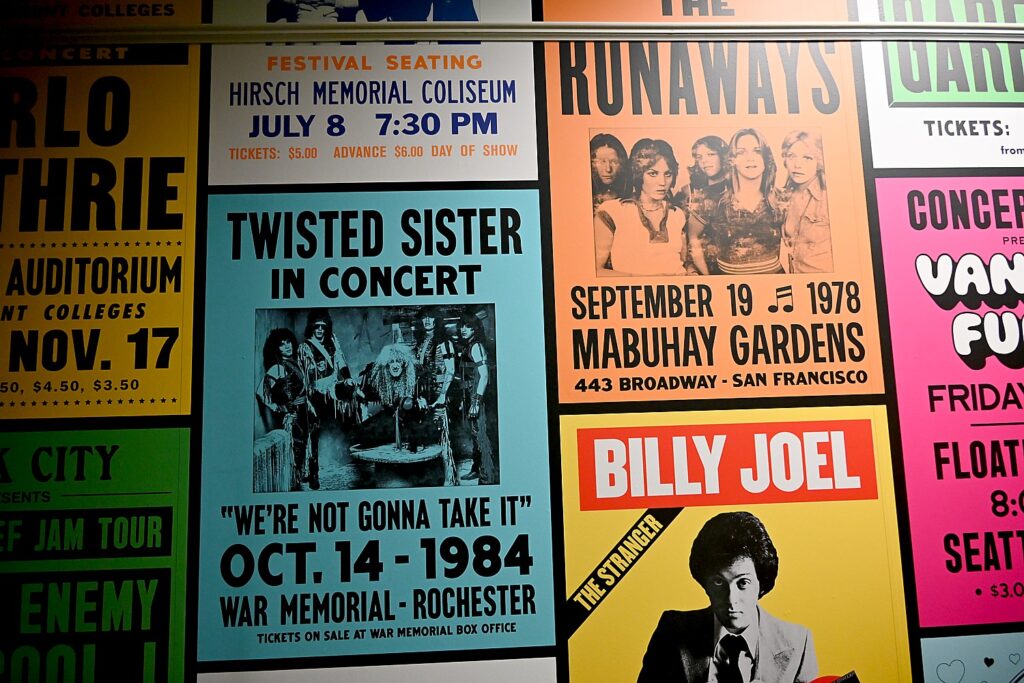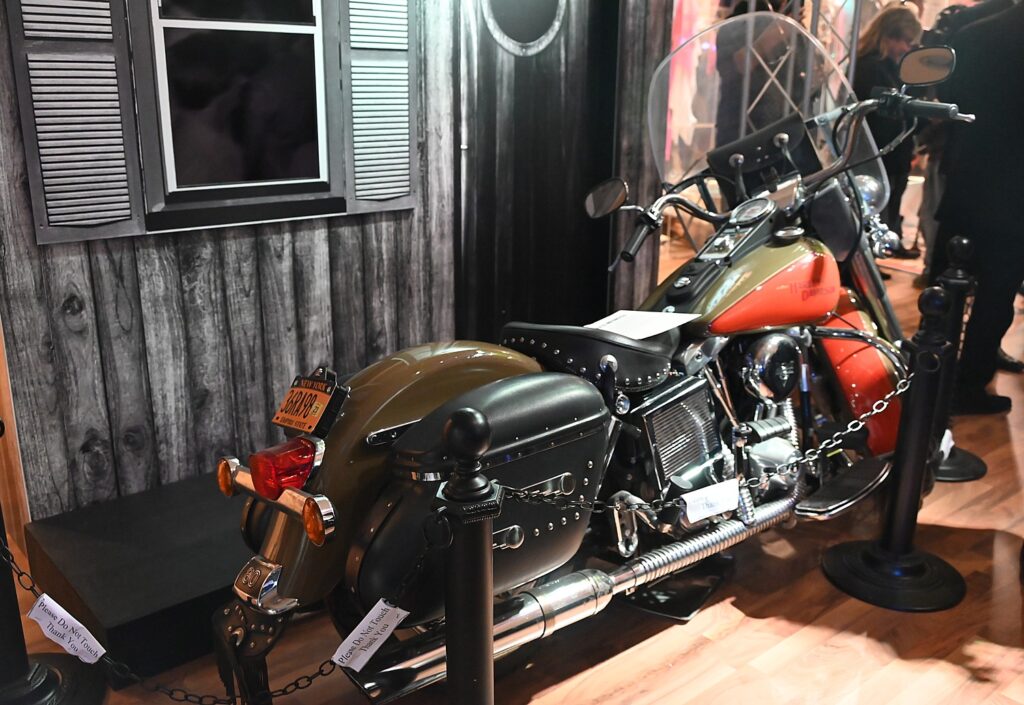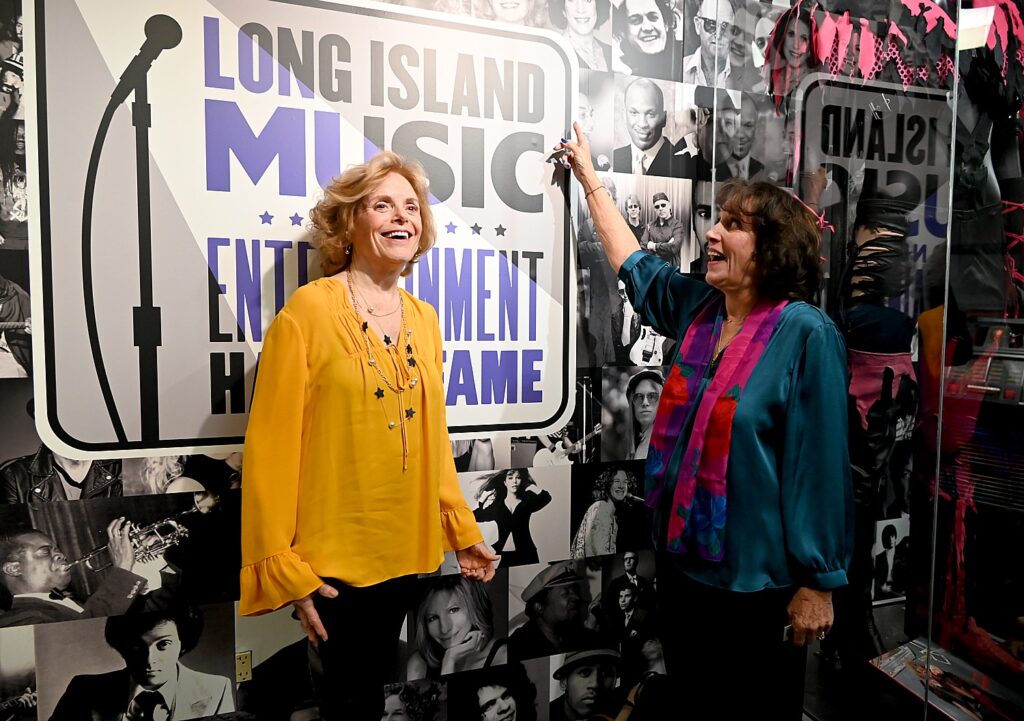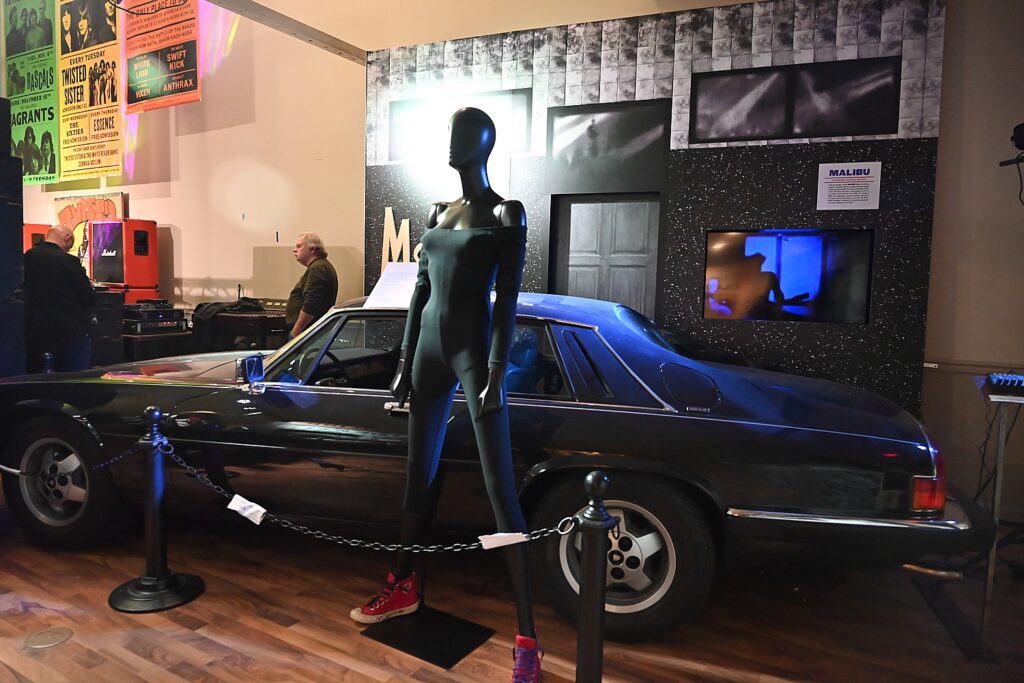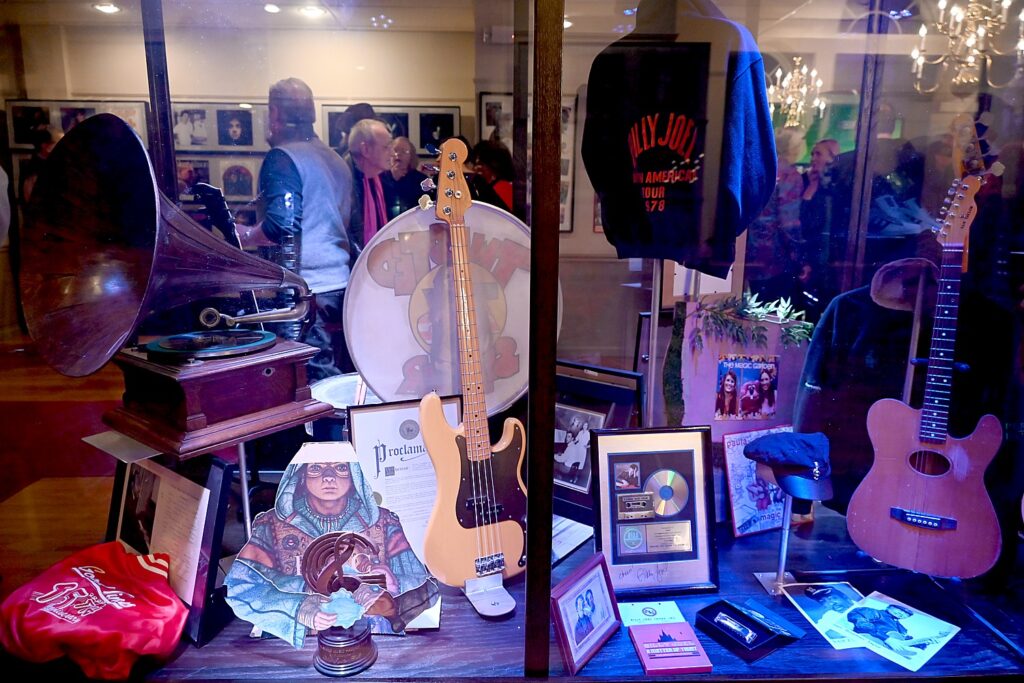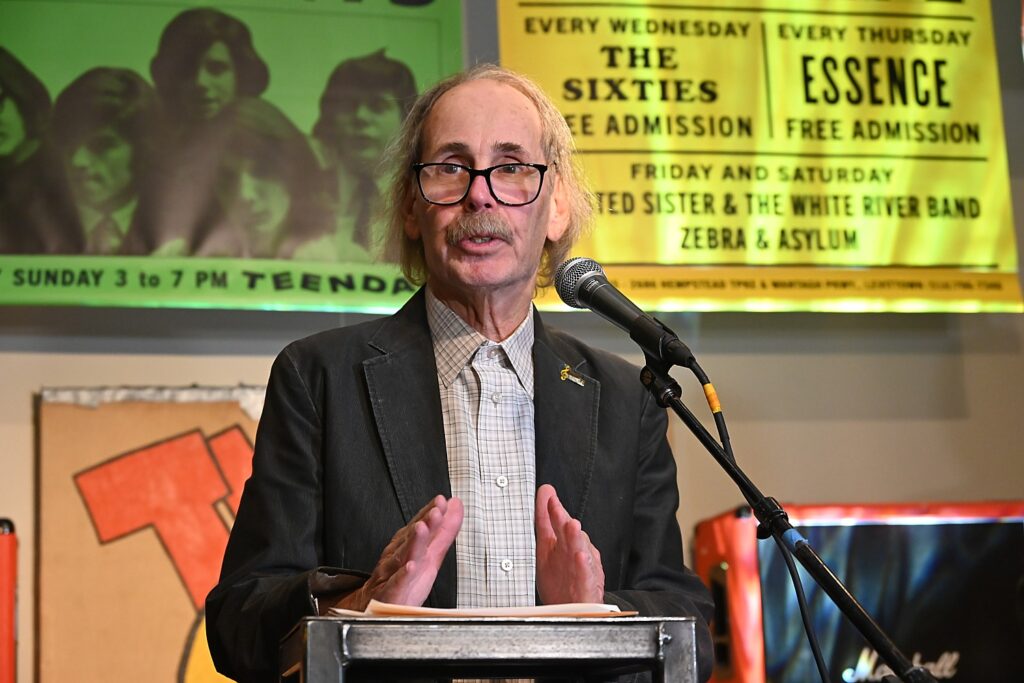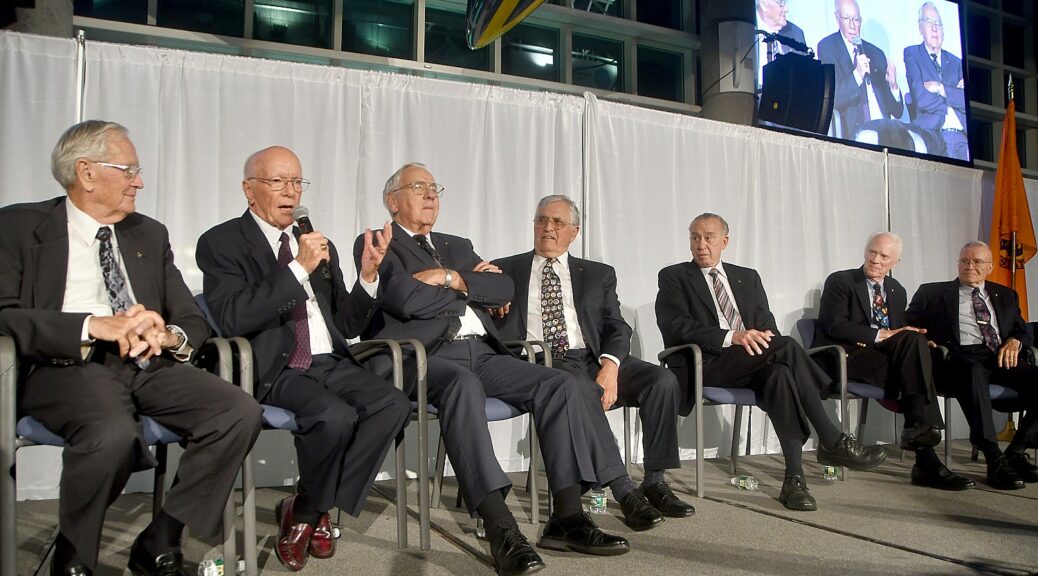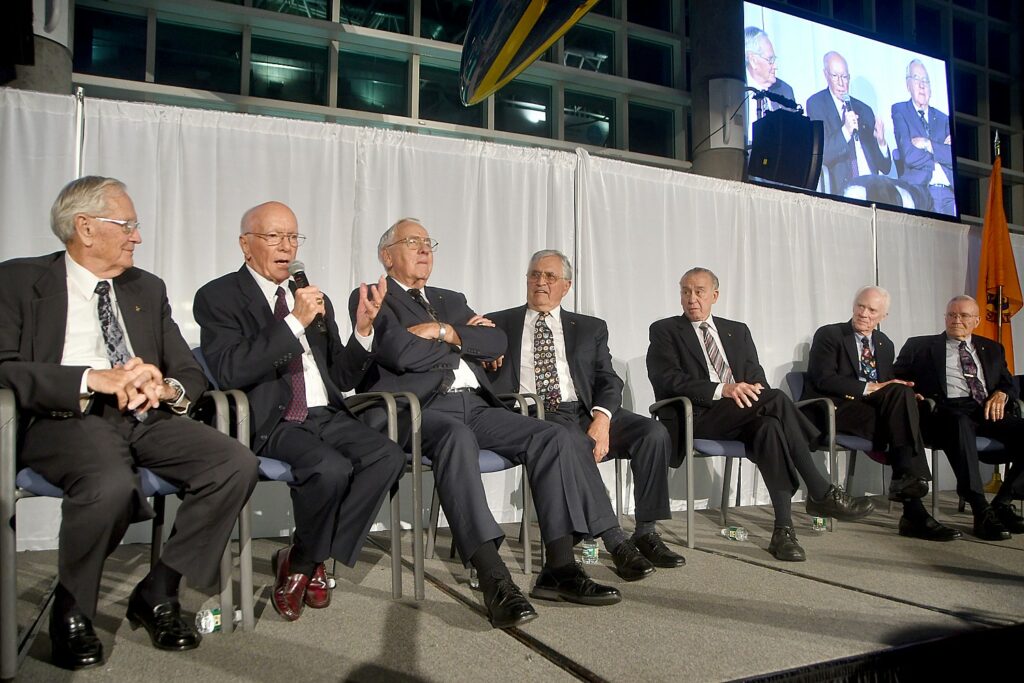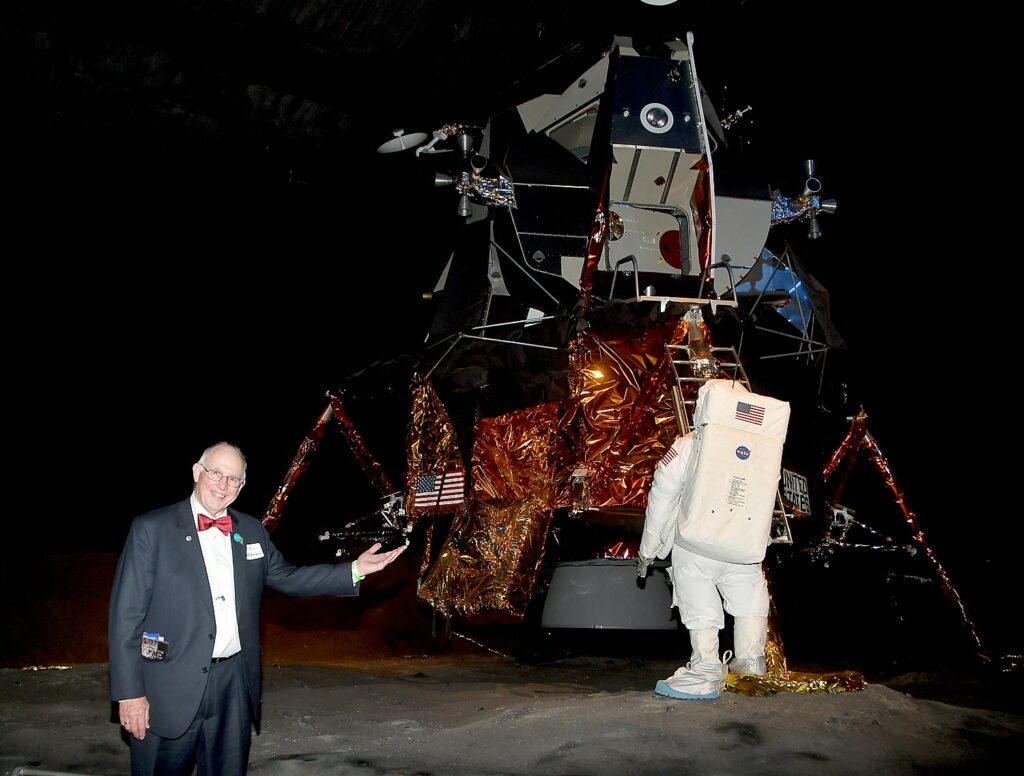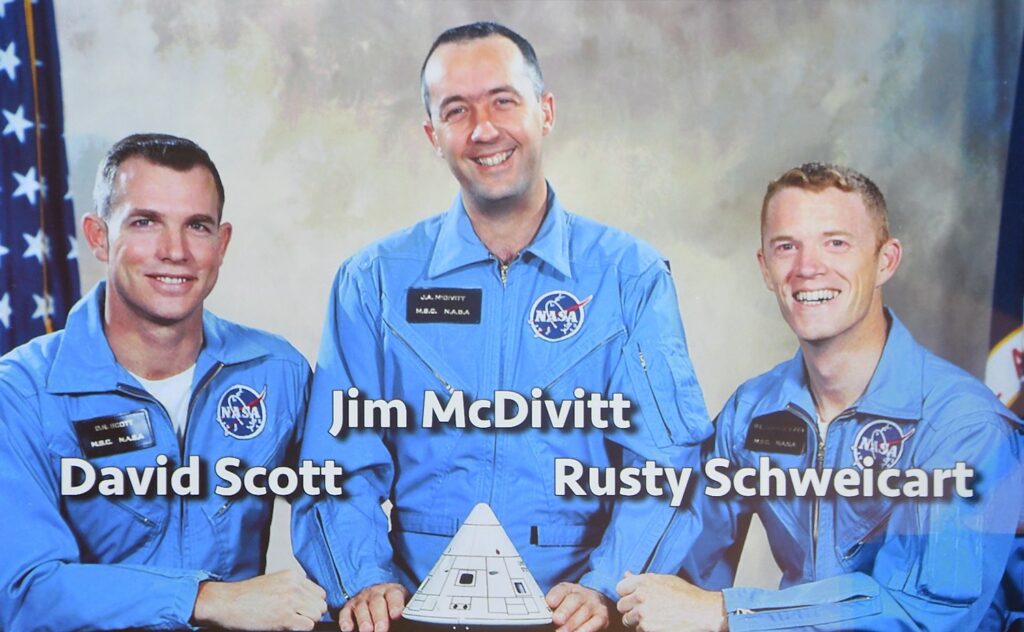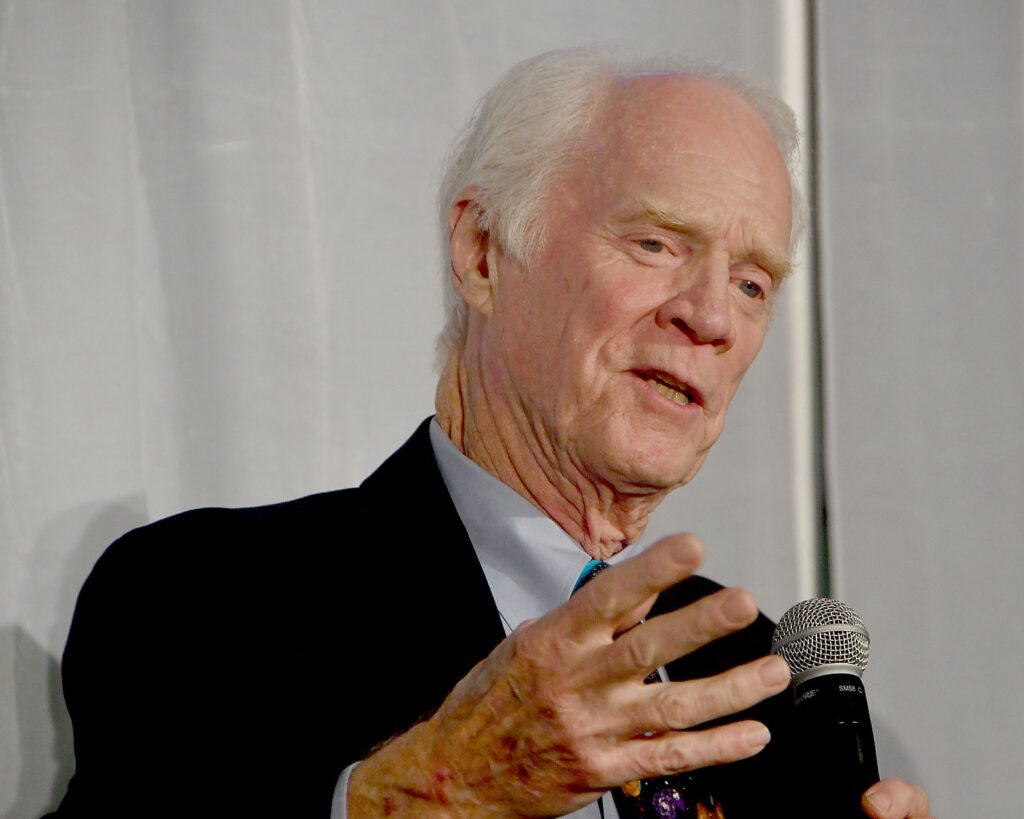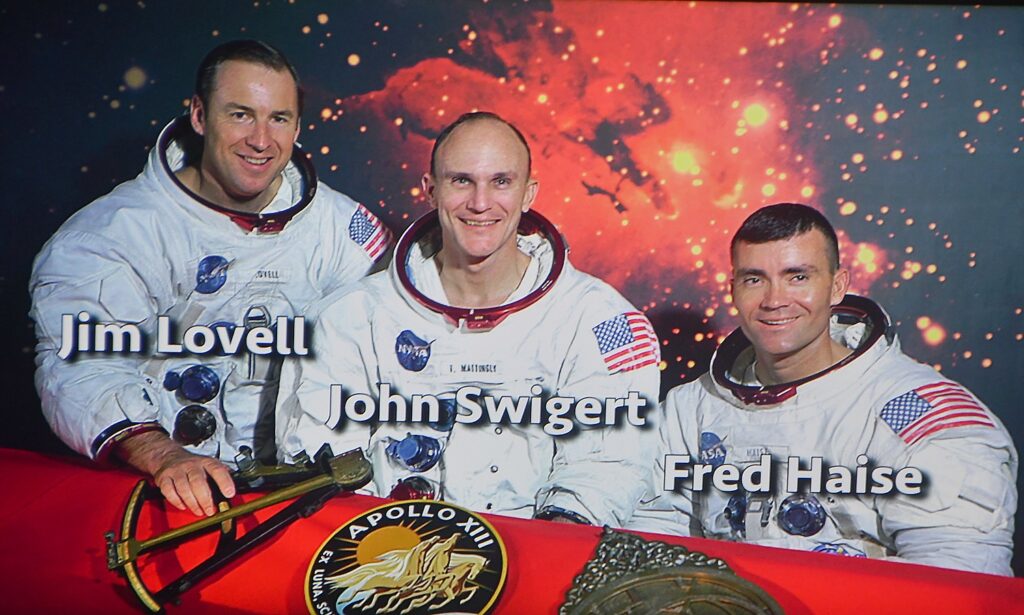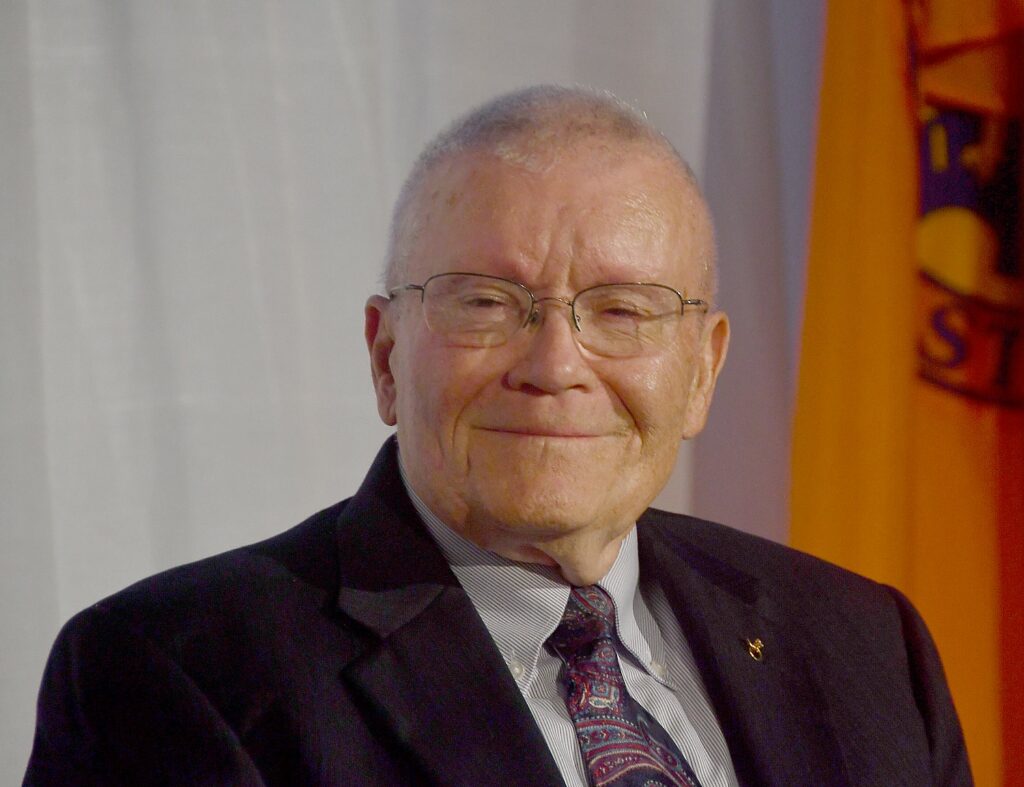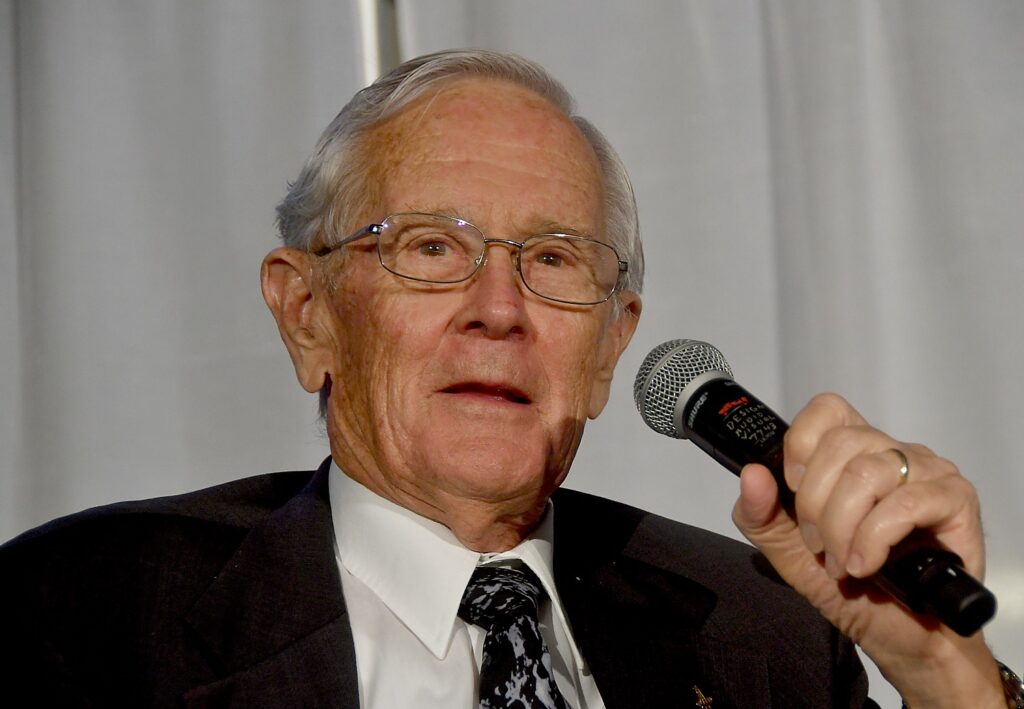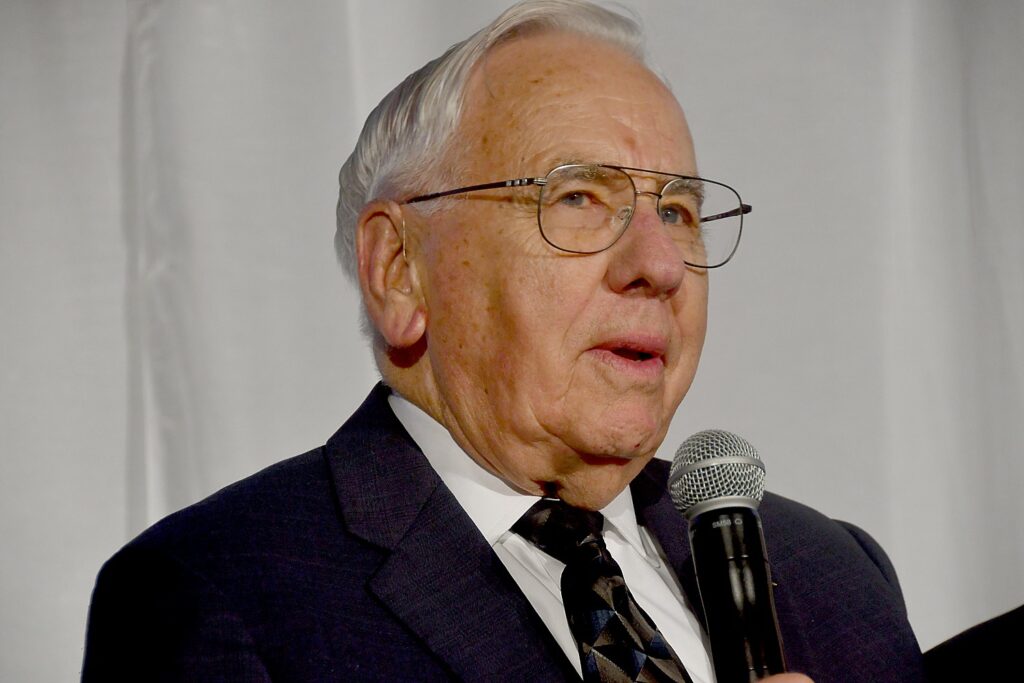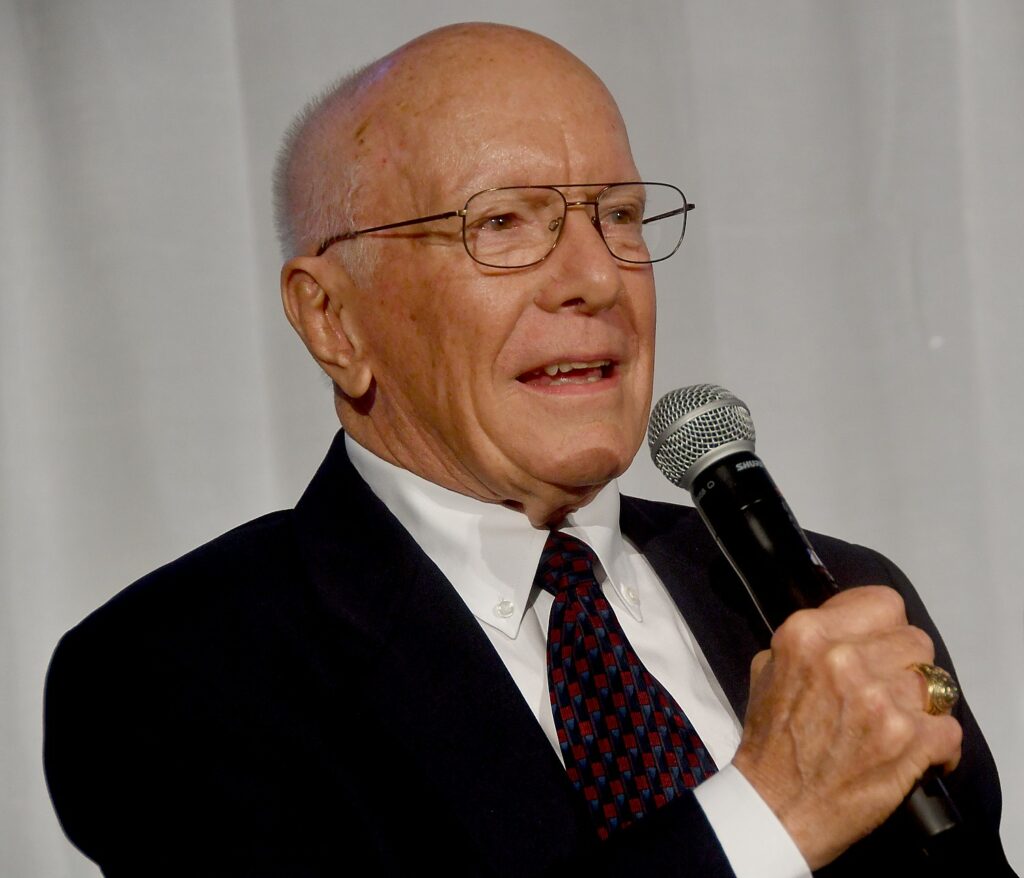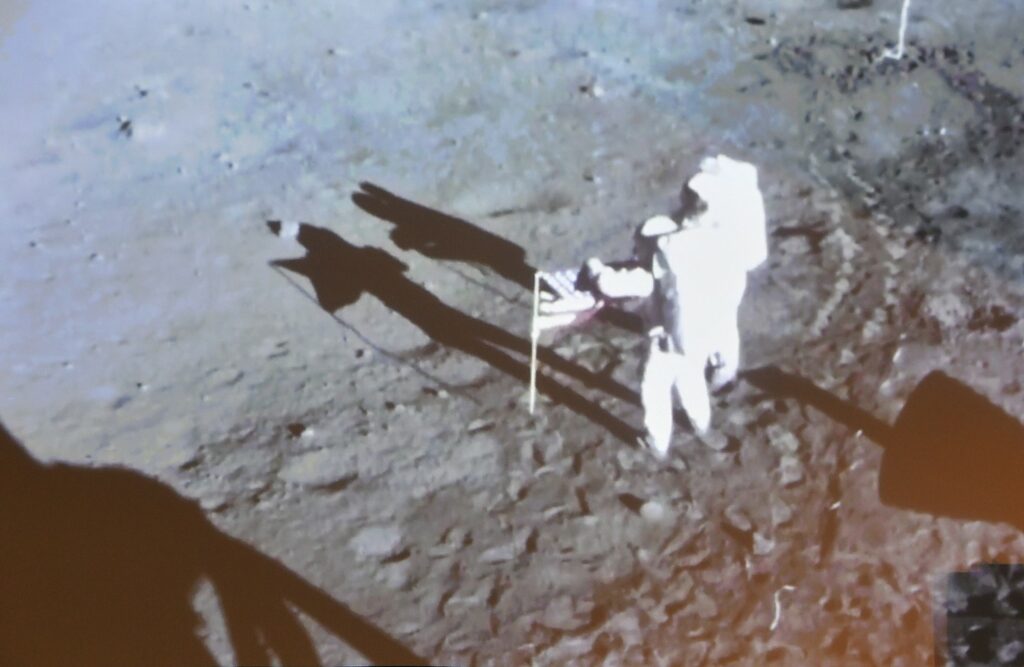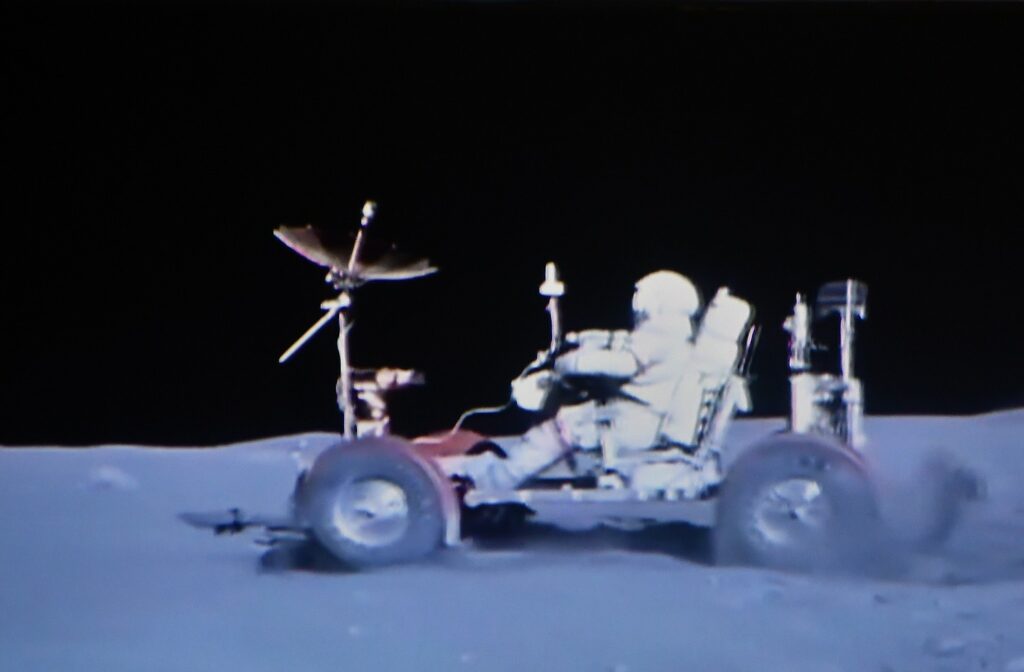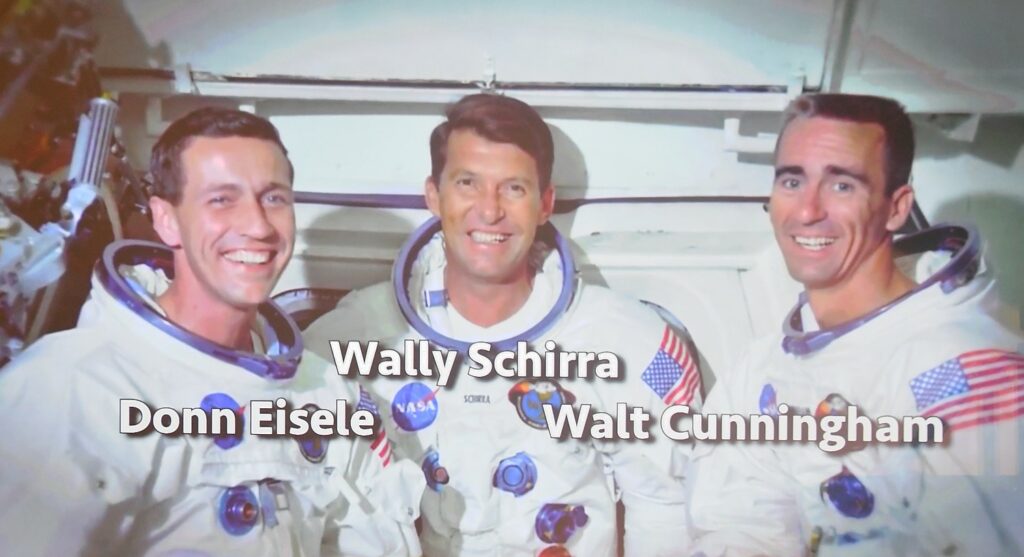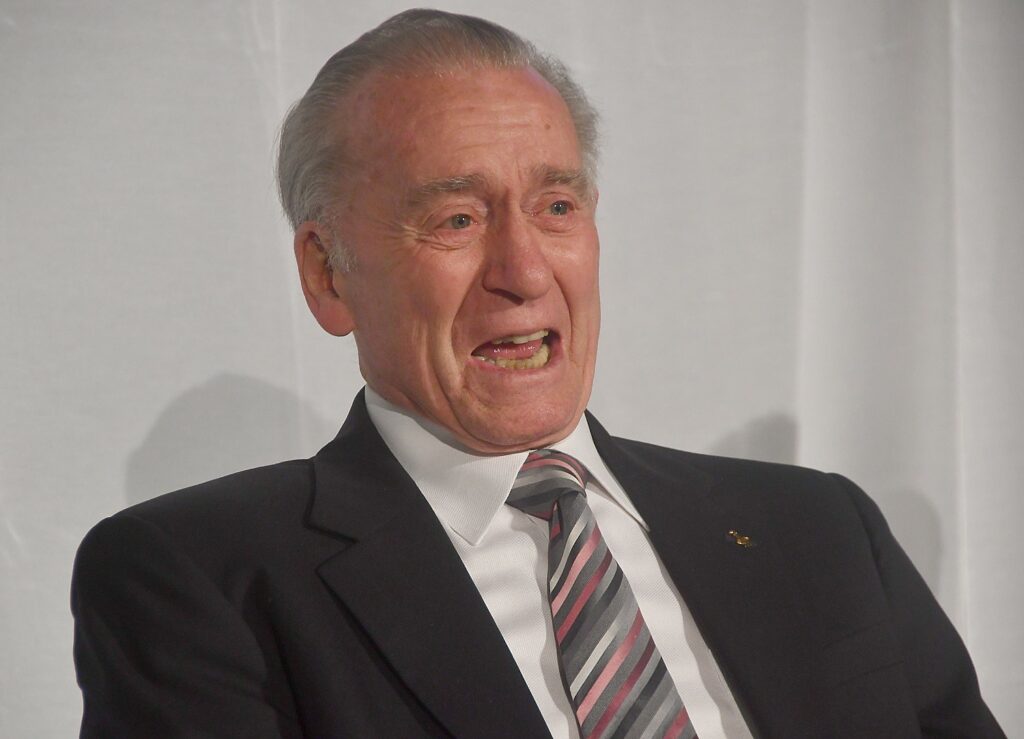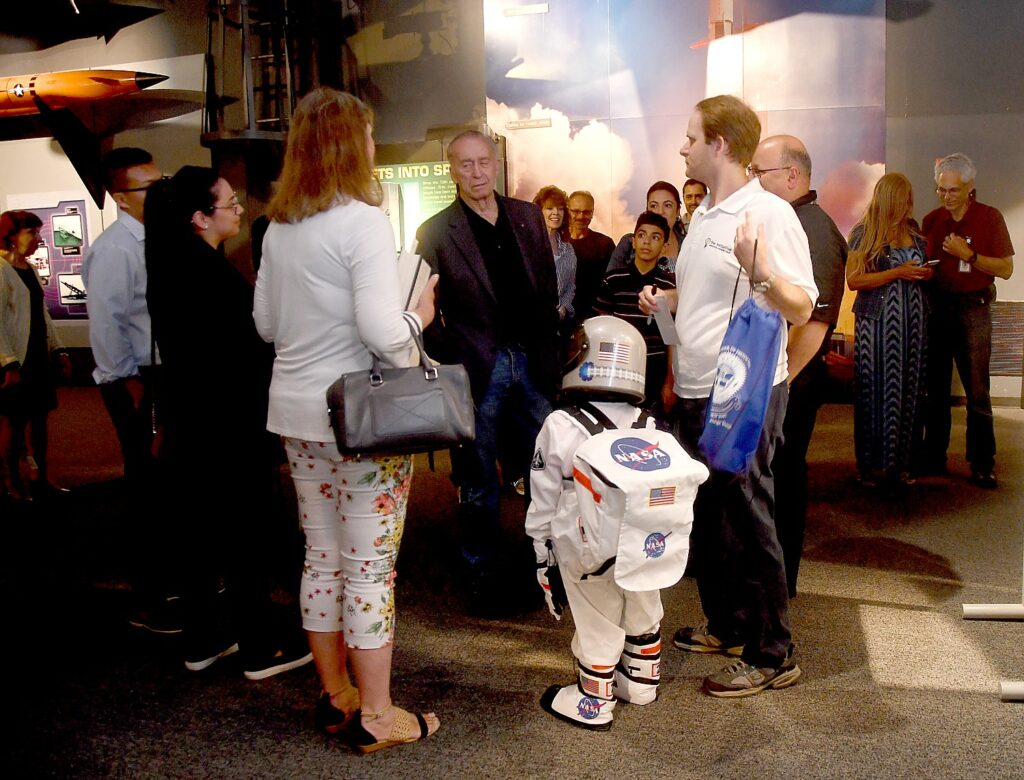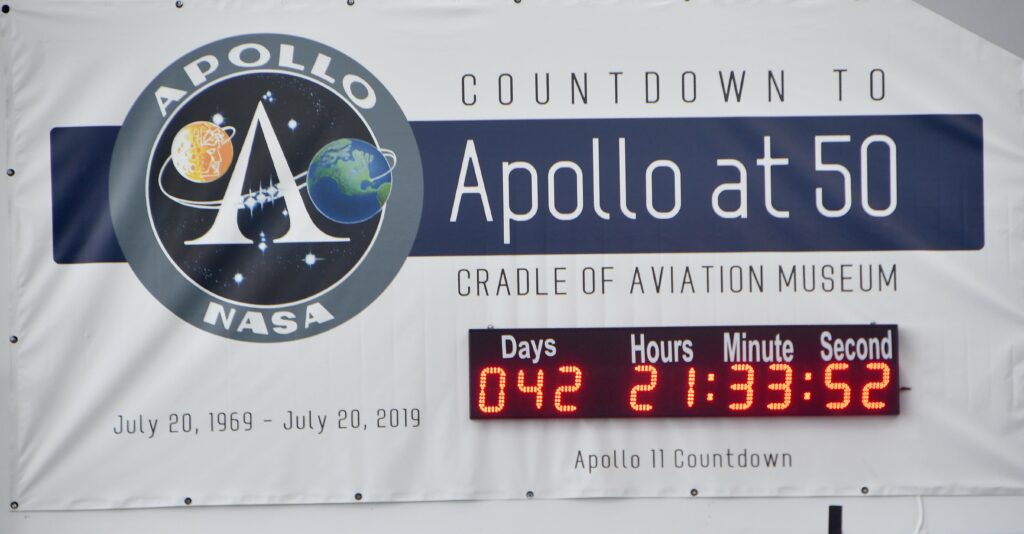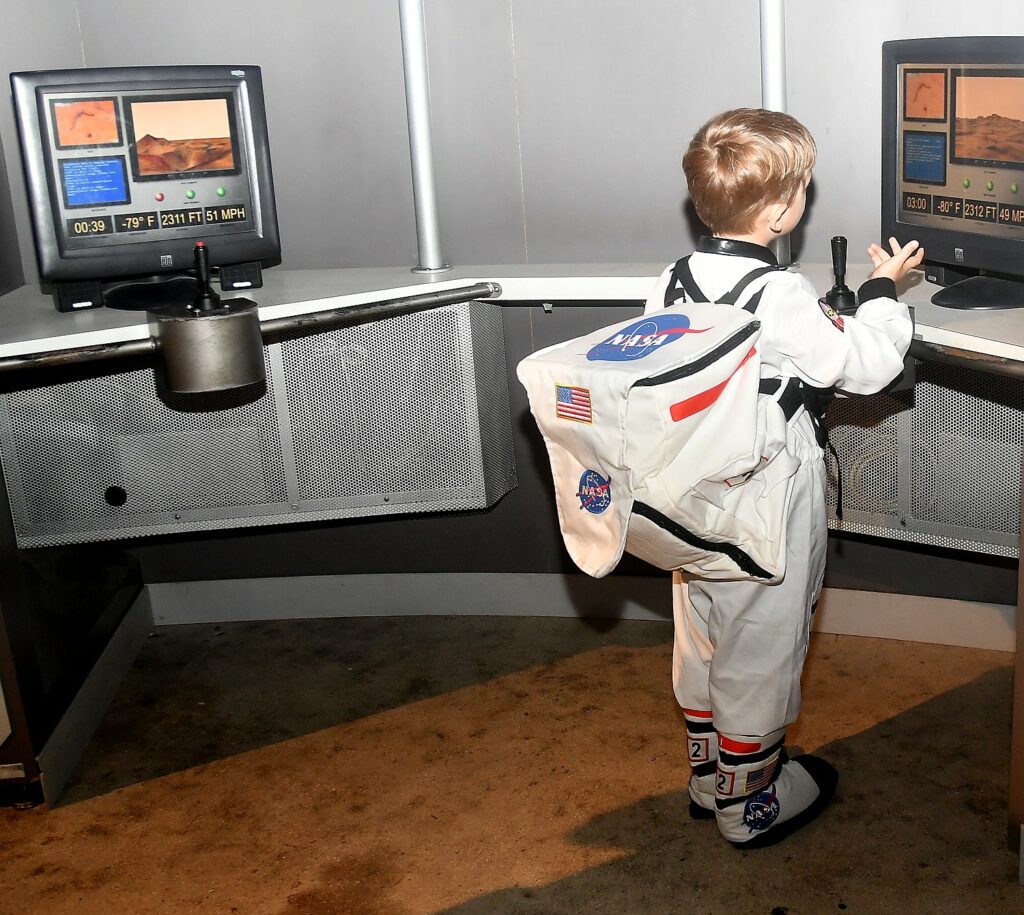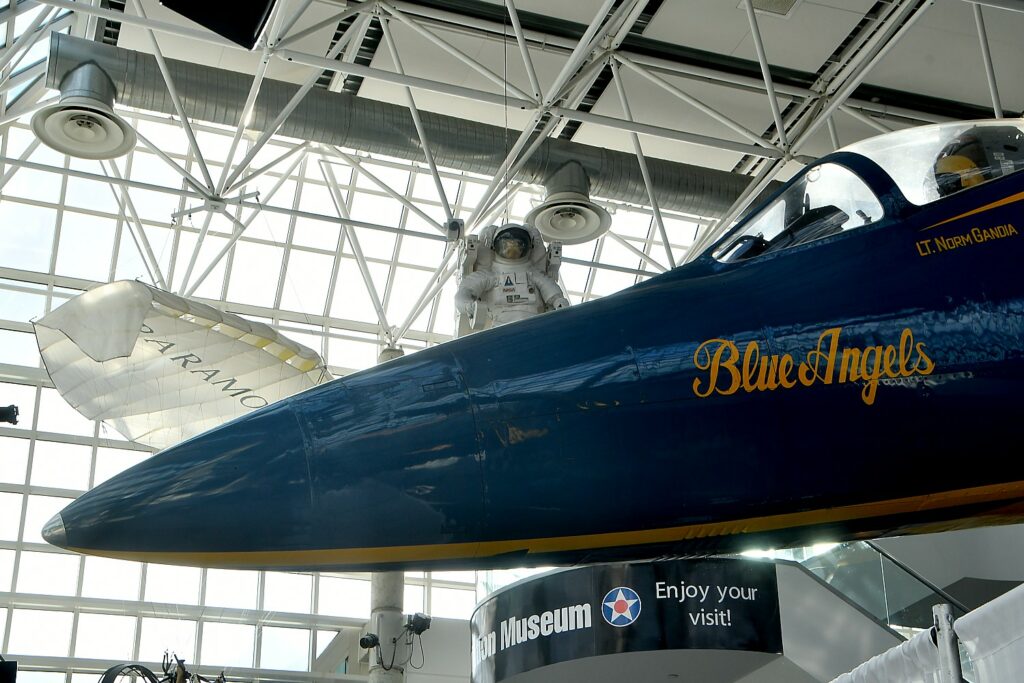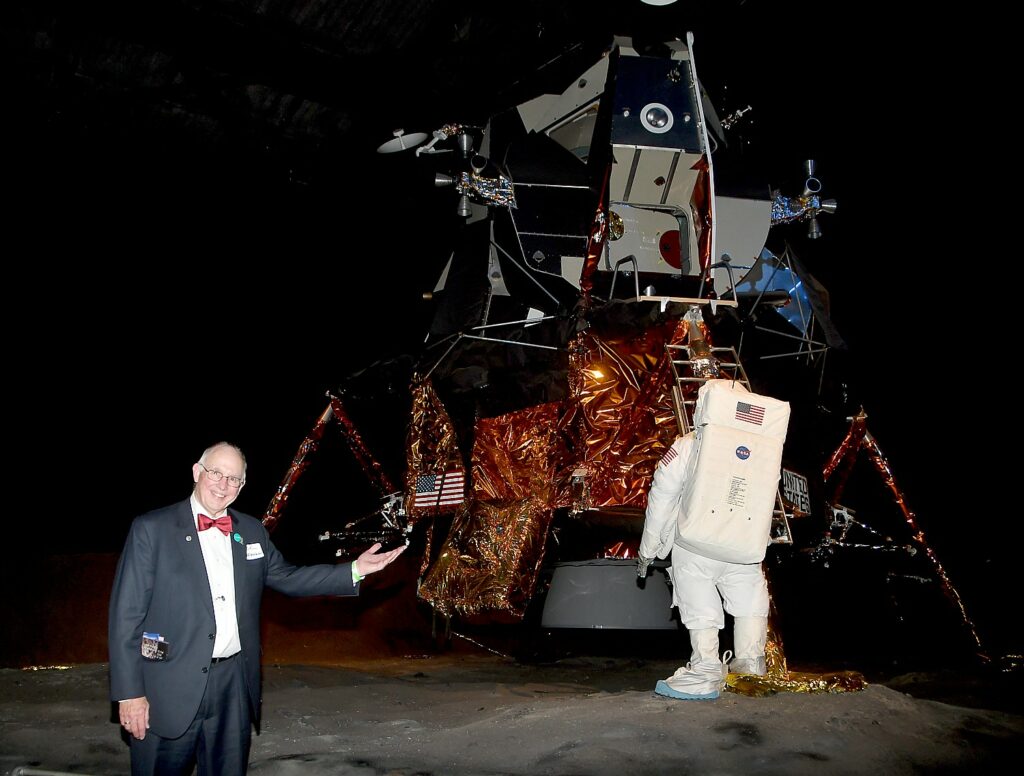By Karen Rubin, Travel Features Syndicate, goingplacesfarandnear.com
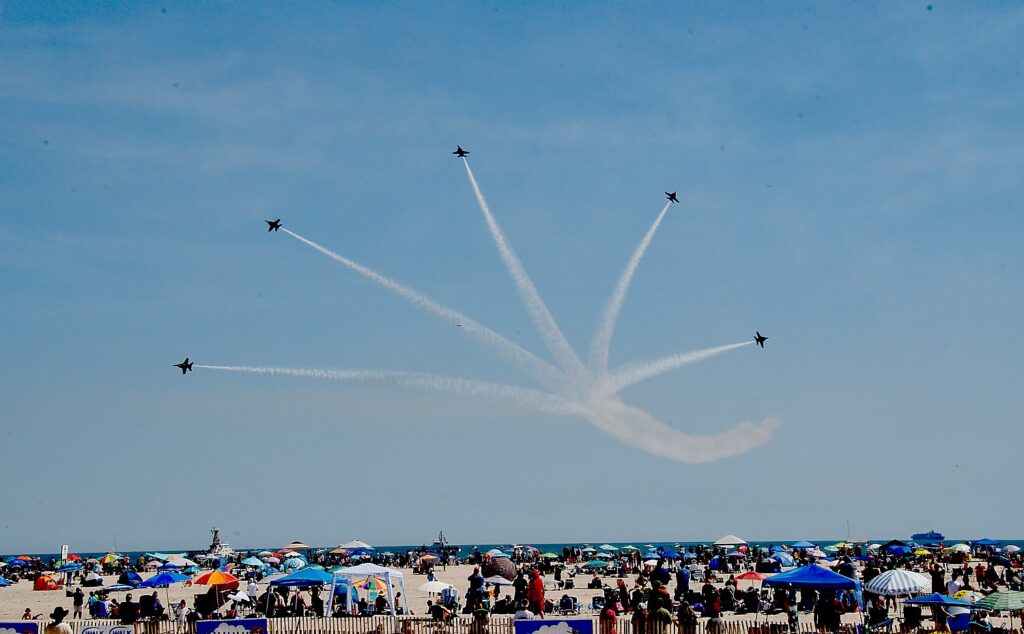
One of the best airshows in the world happens right in our own backyard each Memorial Day weekend: the Bethpage Jones Beach Air Show, celebrating its 20th anniversary, cannot be beat for spectacular aeronautical feats amidst the ambiance of Jones Beach, where you see the action right in front of you, just above the ocean and stretching to the horizon. The intense action is so close, you often can see the pilots in the cockpits, and so fast and daring, it takes your breath away. The event takes place from 10 am to 4 pm on Saturday, May 25 and Sunday, May 26 (insiders tip: there is a rehearsal/practice run on Friday).
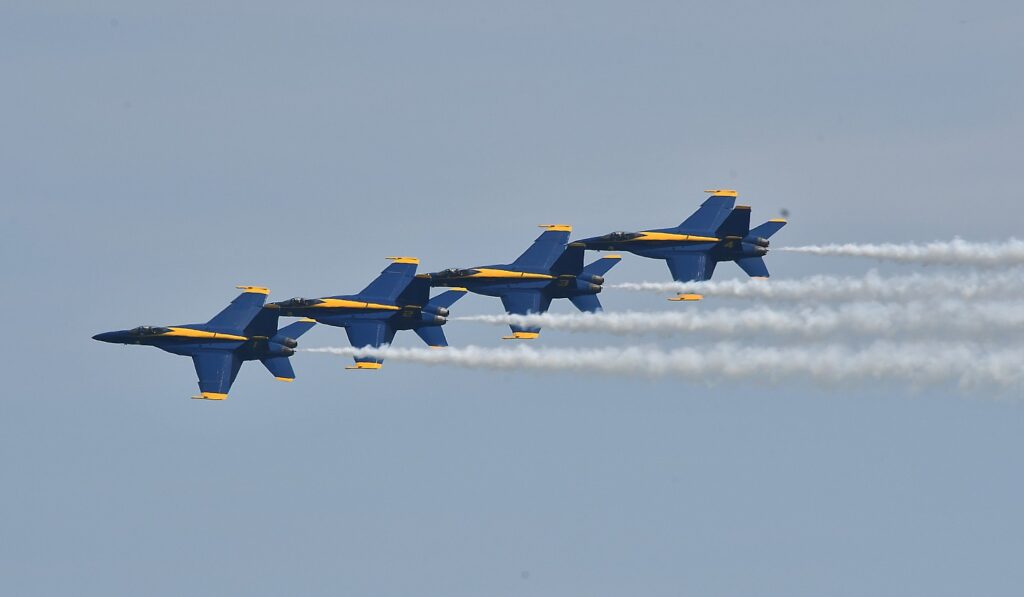
The show this year is headlined and climaxed by the U.S. Navy Blue Angels – a team of six performing their heart-stopping maneuvers in their F/A-18 Super Hornets. They are famous for the Diamond formation, when they fly as close as 18 inches apart, but what most excites me is when the two solos fly extraordinary maneuvers, including coming at each other at 300 mph. Don’t blink or breathe or you will miss it!


The airshow traditionally opens with the United States Army Golden Knights Parachute Team, who launch out of a plane some 25,000 feet high, stream down at 200 mph, and float down into the crowd on the beach carrying the American and POW flags. The Golden Knights portray the image of being the most formidable parachuting competitors and demonstrators in the world today

American Airpower Museum Warbirds, flying vintage WWII fighters and patrol planes, pay homage to Long Island’s historic role as the nation’s arsenal of democracy. Republic Aviation, the complex in Farmingdale where the AAM stands now, produced over 9,000 P-47 Thunderbolts, and today the museum’s collection preserves the heritage and history. The Warbird performance will conclude with a precision aerobatic demonstration of one of the museum’s legendary WWII Fighters.

The American Airpower Museum has events scheduled from Friday through Sunday, and is where you can even see participants in the air show take off and land, and even take flights in vintage aircraft. (More details below, www.americanairpowermuseum.org, 631-293-6398.)

U.S. Navy F-35C Lightning II Demonstration Team and Legacy Flight shows off the capabilities of this 5th Generation fighter. The F-35C is the world’s most advanced multi-role fighter. With a top speed of 1,200 mph, the F-35C is even capable of setting off sonic booms. The F-35C has the most powerful and comprehensive integrated sensor package of any fighter aircraft in history, giving pilots 360-degree access to “real-time” battlefield information. The demo will feature a Legacy Flight formation, providing a unique comparison between the past and present.
U.S. Air Force A-10C Thunderbolt II Demonstration Team and Heritage Flight showcases the combat capabilities of the A-10 “Warthog” by performing precision aerial maneuvers. Additionally, the team brings attention to the Air Force’s history by flying formations with historical aircraft in the Air Force Heritage Flight.

Long Island’s own David Windmiller, who began flying when he was just 14 years old, soloing for the first time on his 16th birthday, performs aerobatics in his Zivko Edge 540, thrilling spectators with seemingly impossible feats. Equipped with a custom built project engine of Teledyne, thrust to weight ratio over 1:1, Windmiller’s plane has a climb rate of 3,700 feet per minute, and a rote rate of 420 degrees per minute, making his plane the ideal aircraft for aerobatic flight.
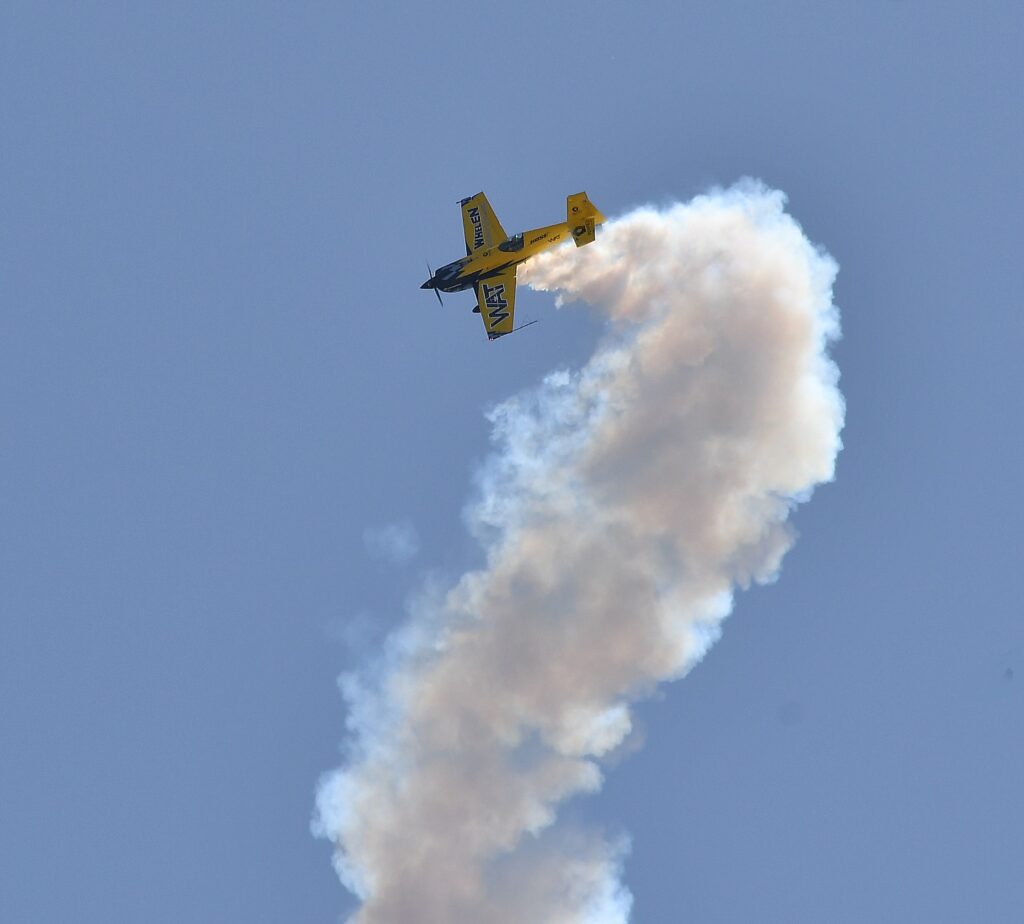
Mike Goulian earned the distinction of becoming one of the youngest pilots to ever win the United States Unlimited Aerobatic Champion at the age of 27. His signature air show performance combines the heart-stopping gyroscopic tumbling of modern display flying with the crisp, aggressive, demands of precision competition aerobatics.

Warbird Thunder features the North American SNJ Texan, an aircraft used to train “The Greatest Generation” for WWII and Korean Conflict. The performance features two SNJs, performing formation aerobatics offering a great spectator experience due to the aircraft’s large physical size, beautiful radial engine sound, and fantastic smoke presentation. The SNJ was nicknamed “Ol Growler” because of its distinct deep and throaty roar. Warbird Thunder’s formation aerobatic routine is fast paced and entertaining. The two aircraft perform formation loops, aileron rolls, barrel rolls, and Cuban Eights and thrilling opposing aerobatics.

The Skytypers – my personal favorite – is a flight squadron of vintage WWII era U.S. Navy SNJ-2 trainers that perform low-altitude precision-formation maneuver mimicking the tactics and maneuvers utilized during WWII air battles. The Skytypers may be most famous for their skytyped messages in the sky which can be seen for nearly 400 square miles.
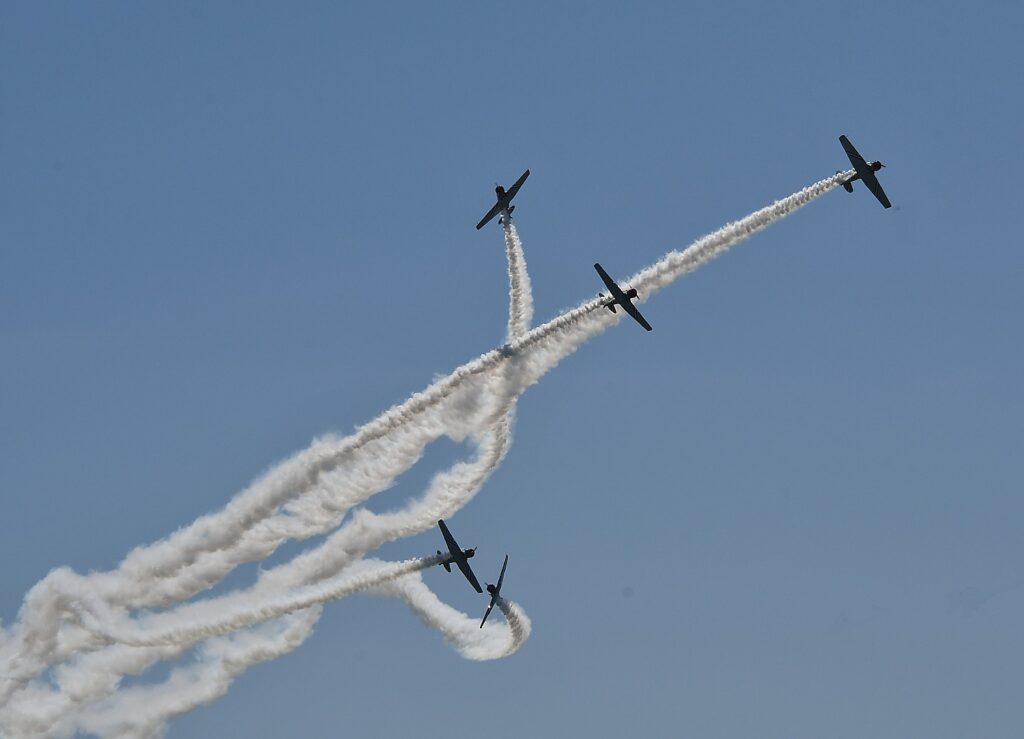
Farmingdale State College Aviation Center students demonstrate the prowess learned at the largest collegiate flight school in the Northeast region, and the only SUNY School to offer a 4 Year Degree Program in Aeronautical Science, the Aviation Center averages 5,800 Flight Hours a Year in Solo and Dual Flight Instruction.
106th Rescue Wing, NY Air National Guard HC – 130 / HH 60 Formation provides a demonstration of how it provides combat search and rescue coverage for U.S. and allied forces worldwide. In December 1994, the 106th established the record for the longest over water helicopter rescue mission when it saved a Ukrainian sailor in the icy waters off the North Atlantic. The 106th may be best known for a mission during a 1991 storm made famous by the movie “The Perfect Storm”. The HH-60 is tasked to perform day and night personnel recovery operations in hostile environments to recover isolated personnel during war, civil search and rescue, medical evacuation, disaster response, humanitarian assistance, security cooperation/aviation advisory, NASA space flight support, and rescue command and control.
Take advantage of the Bethpage Air Show Mobile App. Text ‘Airshow’ to 516-842-4400 to download the app for performer and sponsor information, a site map, helpful FAQs. (Available from the App Store and Google Play.)
The event has drawn as many as 444,000, and last year attendance totaled 351,000, so arrive early (parking fee is $10).
Alternate the experience with a visit to the American Airpower Museum, right across from Republic Airport, where many of the air show participants fly from to the show, where you can see the vintage aircraft in the Heritage Flight and where all weekend long there are special events, including an opportunity to meet members of the USAF A-10 Demo Team from.
American Airpower Museum Offers Close-Up Views, Activities During Memorial Day Weekend Jones Beach Air Show

Farmingdale, NY– Memorial Day Weekend kicks off American Airpower Museum’s summer with its “Legends of Airpower WWII Warbirds” performing in the Bethpage Jones Beach Air Show, on Long Island, with activities that begin on May 24 (practice day) and continue through the festival weekend May 25-26.
AAM’s legendary warbirds including the WWII B-25 Mitchell bomber, North American P-51D Mustang, Grumman TBM-3E Avenger Torpedo Bomber, and Curtiss P-40M Warhawk “Flying Tiger,” will take to the skies over Republic Airport on Friday, May 24th, (practice day) plus Saturday to Sunday, May 25th/26th, for the Jones Beach Air Show. Additional aircraft will be in the air including AAM’s WWII North American AT-6 Trainers, Vietnam era AT-28D Nomad and our Cold War era L-39 Jet Fighter/Trainers.
Military aviation enthusiasts can share AAM’s WWII C-47 80th Anniversary D-Day Living History Experience, when WWII Airborne reenactors interact with visitors on Saturday, May 25th.
Flight experiences are also available each day on one of AAM’s AT-6 Texans, plus its red WACO Biplane.
Watch AAM’s awe-inspiring aircraft take off to perform practice flybys over Republic all day Friday, May 24th. Get up close and personal with these historic bombers and fighters of yesteryear. Then come to AAM to catch more aerial action Saturday and Sunday, as AAM’s warbirds lift off to perform in the air show.
Throughout the weekend, visitors will be enthralled as US Navy Blue Angels, USAF A-10 “Warthog” and the ever-popular Skytypers, take off and return at Republic Airport. Blue Angels practice on May 24th. You can witness the museum’s Warbirds and US military aircraft take off and land from its flight line on Saturday and Sunday for the Jones Beach Airshow.
Visitors to AAM will also have opportunities to meet members of the USAF A-10 Demo Team. The team is appearing at the Jones Beach Air Show for the last time this year before being disbanded, as A-10s are retired from the USAF inventory. The USAF A-10 Demo Team will operate out of their home base on the American Airpower Museum’s Ramp off New Highway, in Farmingdale, taking off and landing on May 24 (practice day) plus May 25 and 26 for their Jones Beach Airshow performances.

Of historical significance is that these Warthogs will be operating from the very grounds they were developed and built on – and with this final performance, they honor the legacy of all those from Long Island who worked at Fairchild Republic.
AAM President Jeff Clyman says the goal for this three-day extravaganza is two-fold. “To honor the men and women of the ‘Greatest Generation’ who built, maintained and piloted the iconic warbirds of yesteryear, in a bold defense of freedom during WWII, as well as active-duty military, reservists and the national guard, who continue this mission today.” Clyman said that public support strengthens AAM’s mission to educate the next generation about American military aviation history, and will also help maintain the Museum’s iconic aircraft. “Help keep ‘em flying,” he added.
As a special promotion, every paying Museum guest (18 and over) Friday through Monday, is entered to win a Cockpit USA “made in the USA” leather flight jacket. Cockpit USA, sponsor of the American Airpower Museum, is official supplier to the United States Air Force of A-2 leather flight jackets. Various genuine leather flight jackets and other militaria specially priced and on sale all weekend, can be purchased at AAM’s gift shop.
Park for FREE in AAM’s lot or along New Highway. Food and Ice Cream trucks are available onsite. AAM is also open Monday, Memorial Day, closing at 4:00 p.m.
Museum hours are 10 a.m. to 5 p.m. (Monday 4 p.m.). Tickets and preregistration not required. Regular admission is $15 for Adults, $12 for Seniors and Veterans and $10 for children ages 3 to 12.
American Airpower Museum at Republic Airport, Hangar 3, 1230 New Highway, Farmingdale, NY 11735, (631) 293-6398, www.americanairpowermuseum.org.
The American Airpower Museum, Long Island’s only flying military aviation museum (“Where history flies”) is located on the landmarked former site of Republic Aviation at Republic Airport, Farmingdale, NY. The Museum maintains a collection of aviation artifacts and an array of operational aircraft spanning the many years of the aircraft factory’s history. The Museum is a 501 (c) (3) Nonprofit Educational Foundation Chartered by the New York State Board of Regents.
Summer on Long Island

The Jones Beach Airshow is Long Island’s kick-off to summer.
Jones Beach State Park is a world-class beach destination, with 6.5 miles of white-sand beach, oceanfront, miles-long boardwalk for biking and walking, 2,400 acres of maritime environment. Eat at the Boardwalk Café and at the Gatsby on the Ocean Restaurant and ice cream shop; swim in the pool, enjoy the new WildPlay Adventure Park with zip lines (https://wildplay.com/jones-beach/, 800-668-7771); play miniature golf, shuffleboard, basketball, corn hole, paddle tennis, table tennis, pickleball, playgrounds, splashpad and concerts on the boardwalk and the Northwell Theater; learn about the marine environment at the Jones Beach Energy & Nature Center.

Jones Beach is also at the middle of Bike Long Island’s premier bike path, from Cedar Creek Park in Seaford, 5.4 mile ride to Jones Beach’s East Bathhouse on the Boardwalk, then 9.4 miles along Ocean parkway to Captree State Park. (You can also connect with the Bethpage State Park bike path.)

Other stellar Long Island attractions and events this summer:
Cradle of Aviation Museum was established to commemorate Long Island’s part in the history of aviation and offers 75 air and space craft and galleries chronicling 100 years of aviation on Long Island. a digital planetarium and theater (films “Superhuman Body” and “Cities of the Future”). Charles Lindbergh Blvd, Garden City, NY 11530, 516-572-4111, www.cradleofaviation.org.
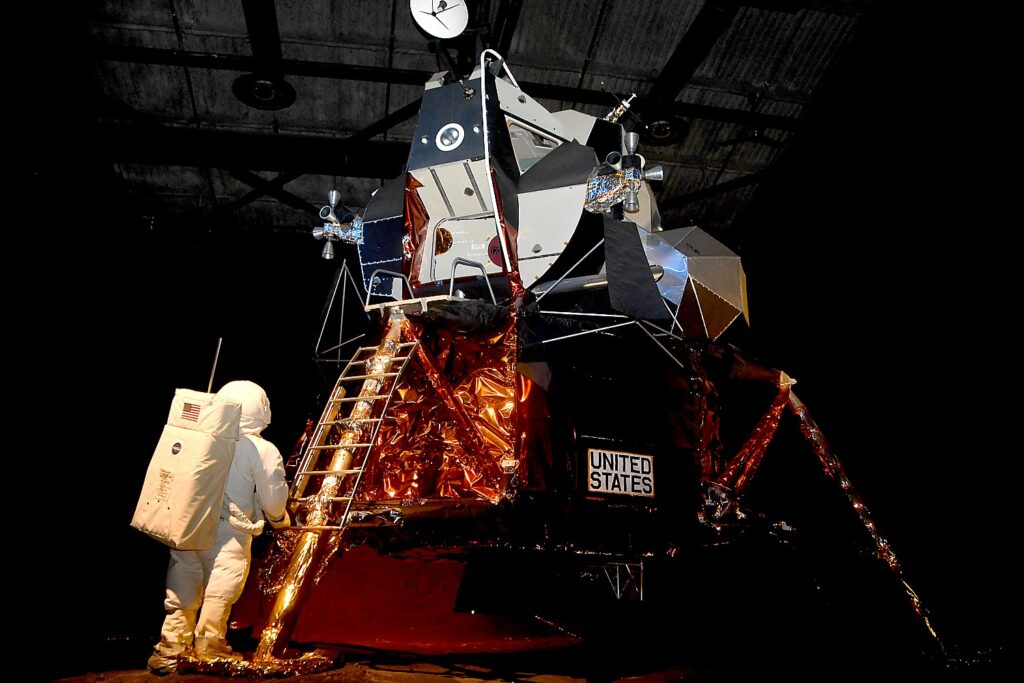
Long Island Children’s Museum offers 14 interactive exhibits plus live theater, art spaces and daily activities to provide hours of exploration, engagement, and enchantment for children. At LICM, a 40,000 sq. foot facility, children discover their passions and their relationship to the world we share through creative educational programs and cultural experiences that accommodate all backgrounds and abilities. Also enjoy the historic Nunley’s Carousel, one of three intact Stein & Goldstein carousels still in existence. (Long Island Children’s Museum, 11 Davis Ave., Garden City, NY 11530, 516-224-5800, www.licm.org)
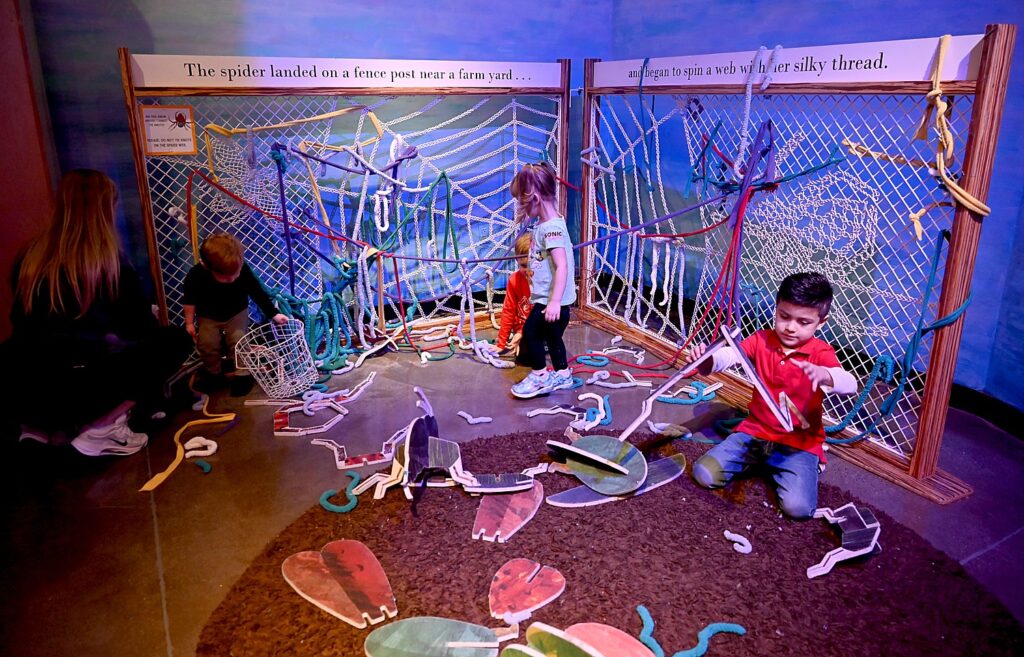
Old Bethpage Village Restoration, one of my favorite places in the world, is a living history museum, where costumed interpreters and artisans and every home and structure tell a story. Upcoming events include Decoration Day (May 25-26); Revolutionary War encampment Weekend (june 1-2), Marching through History (June 15-16); Cowboy Mounted Shooting Show (June 29, 10 am-2:30 pm); 1864 Independence Day Celebration (July 6-7); Grand Army of the Republic Encampment (July 20; raindate July 21); Olde Time Baseball Tournament (Aug. 3-4); Olde Time Music Weekend (Aug 17-18); Long Island Fair (Sept. 13, 15); 1880s Haunted Halloween (Oct. 26-27). For information and tickets, https://www.oldbethpagevillagerestoration.org/events. (Old Bethpage Village Restoration, 1303 Round Swamp Road, Old Bethpage, 11804, 516-572-8409, Email: [email protected]).
Long Island Music and Entertainment Hall of Fame is where you can see and appreciate the artistic accomplishments and heritage that have come from Nassau, Suffolk, Queens and Brooklyn, through permanent collection and special exhibits at its first permanent location in Stony Brook. To date, LIMEHOF has inducted more than 120 musicians and music industry executives, and offers education programs, scholarships, and awards to Long Island students and educators. (97 Main St., Stony Brook, NY 11790, [email protected], 631-689-5888, www.LIMEHOF.org)
Adventureland, Long Island’s destination amusement park since 1962, offers 30 adult and kiddie rides, including FireBall, North America’s first and only rollerball coaster, and Turbulence, Long Island’s only spinning roller coaster, and water rides and kiddie rides. Two new rides were unveiled this 2024 season: Moon Chaser and the Jr. Pirate Ship. (2245 Broad Hollow Road (RT. 110), Farmingdale, NY 11735, 631-694-6868, Email: [email protected], https://adventureland.us/).
Splish Splash, with 96 acres of slides and attractions, is the largest waterpark in the tri-state area, offering 20 water slides including high-speed slides like Bombs Away, Riptide Racer, and Bootlegger’s Run, the first water coaster in New York with breathtaking drops), two wave pools, a large Kiddie Area, lazy river (Located just off the Long Island Expressway, Exit 72 West, Calverton, www.splishsplash.com).
For more summer adventure: Long Island’s Wine Country with more than 75 wine producers along the North Fork, South Fork, and western Suffolk County; Montauk Point, the Hamptons, Fire Island, plus Long Island’s historic lighthouses and mansions.
More ideas from Discover Long Island, 330 Motor Parkway, Suite 203, Hauppauge, NY 11788, 877-386-6654, Email: [email protected], www.DiscoverLongIsland.com
________________
© 2024 Travel Features Syndicate, a division of Workstyles, Inc. All rights reserved. Visit goingplacesfarandnear.com and travelwritersmagazine.com/TravelFeaturesSyndicate/. Blogging at goingplacesnearandfar.wordpress.com and moralcompasstravel.info. Visit instagram.com/going_places_far_and_near and instagram.com/bigbackpacktraveler/ Send comments or questions to [email protected]. Tweet @TravelFeatures. ‘Like’ us at facebook.com/NewsPhotoFeatures
